Wednesday, March 2, 2022 -
This was a long day - and the day with the most pictures taken and deleted. We were overwhelmed by the
beautiful art and craftsmanship of the ancient tombs.



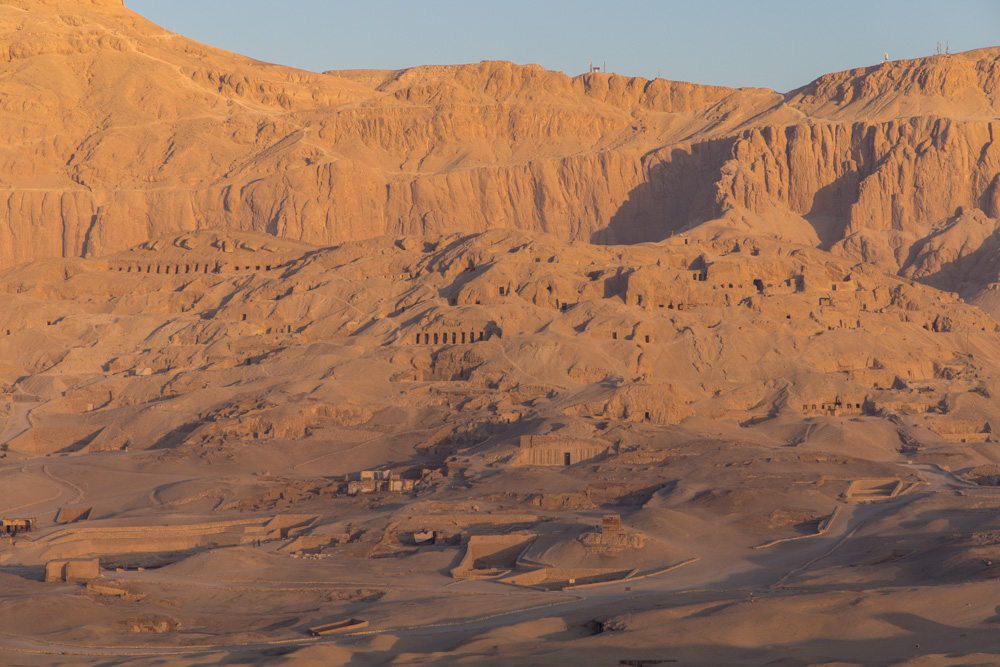
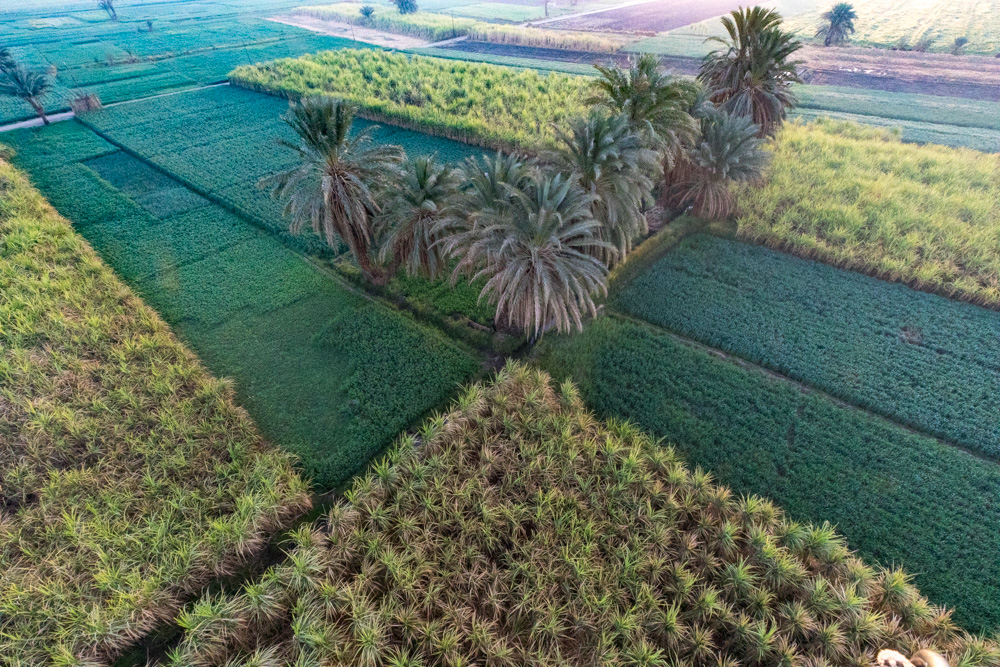
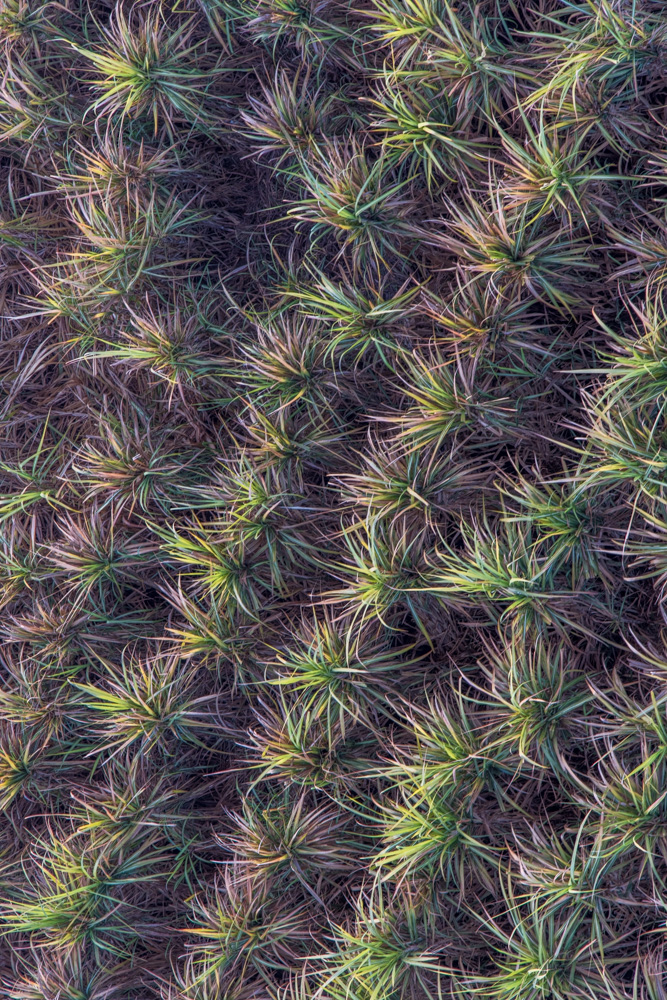
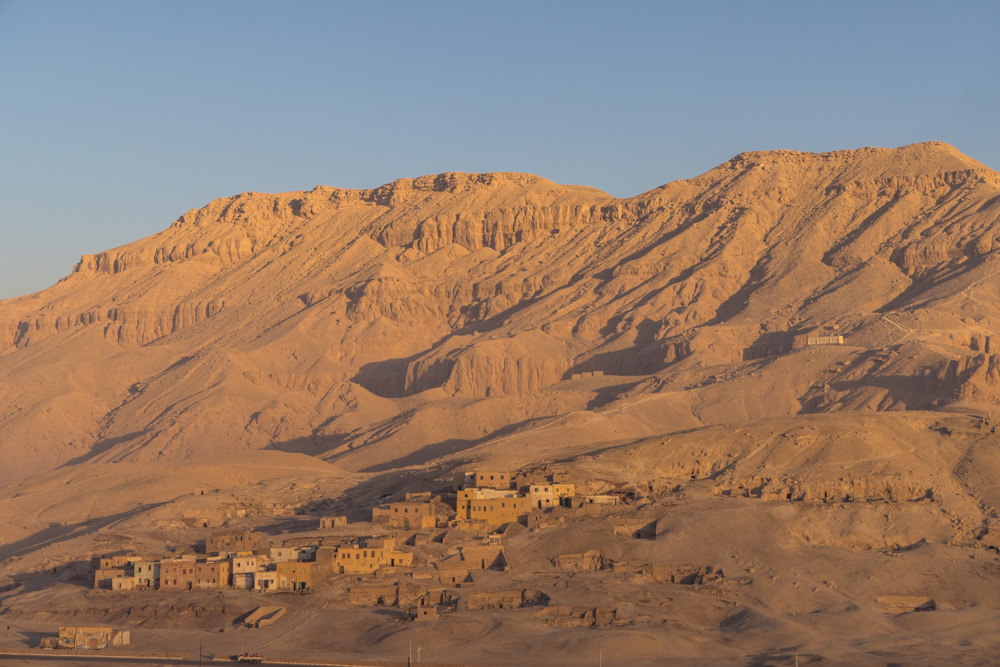
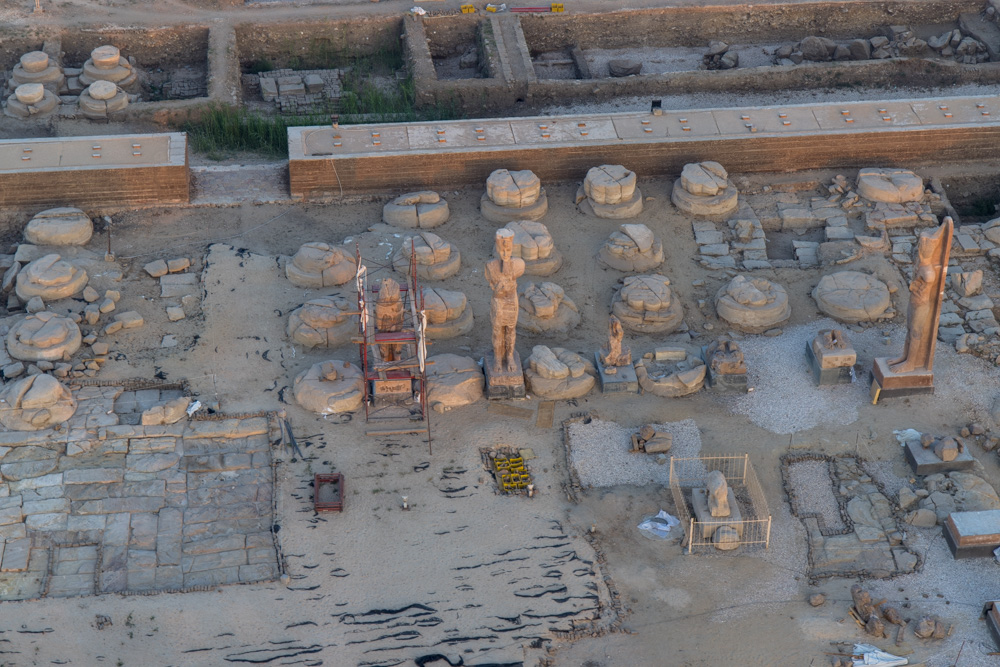
Egyptologists had long assumed that all that remained of the temple complex were the imposing Colossi of Memnon, two seated statues of Amenhotep III at the entrance to his temple, and some stones and fragments of statuary.
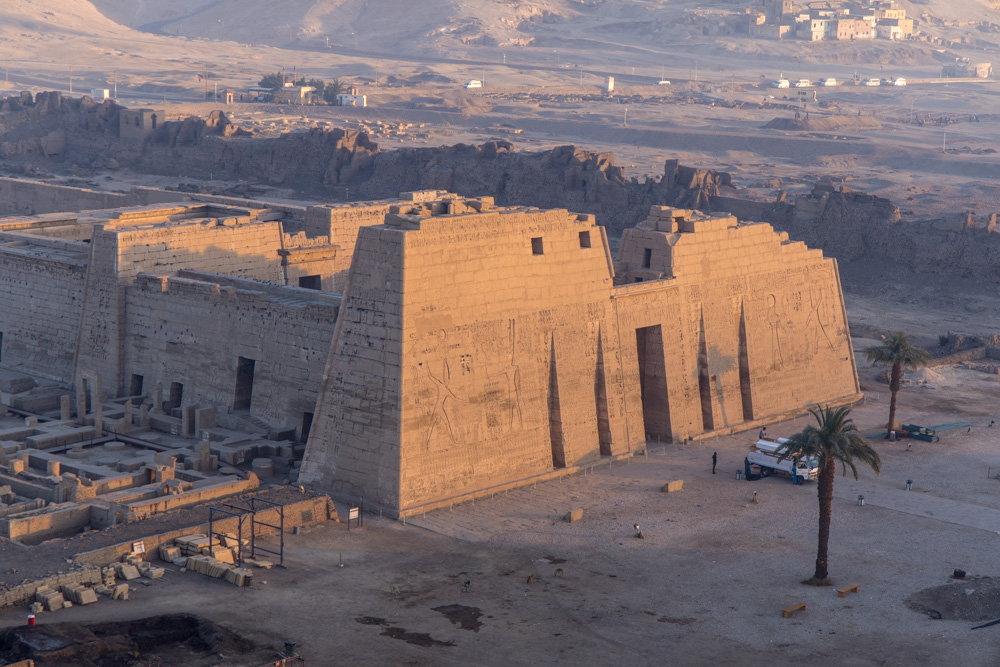
We would not visit these ruins.
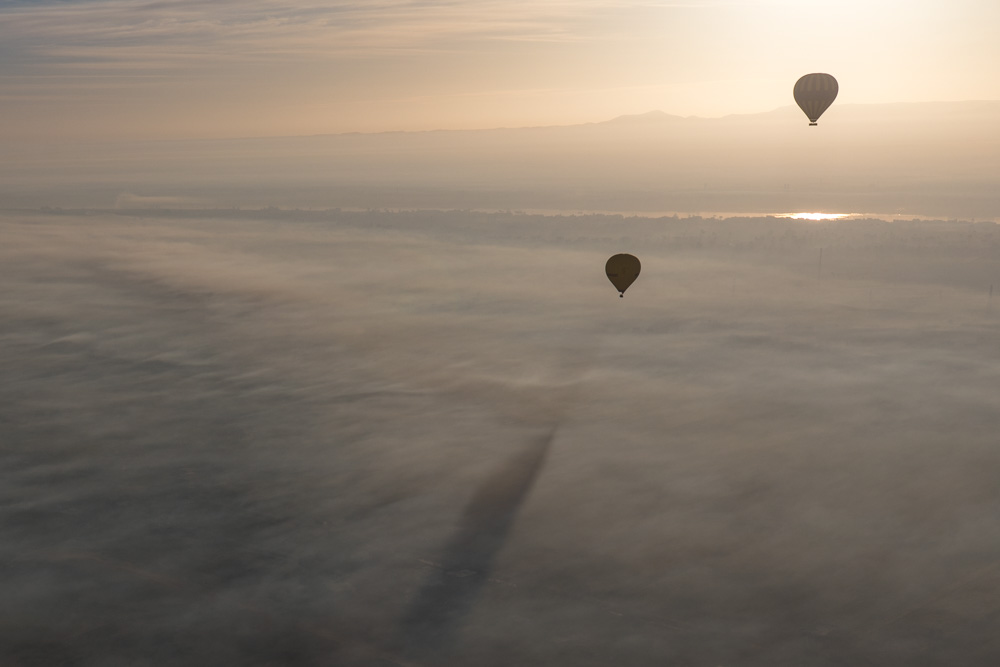
To the west the desert was clear.
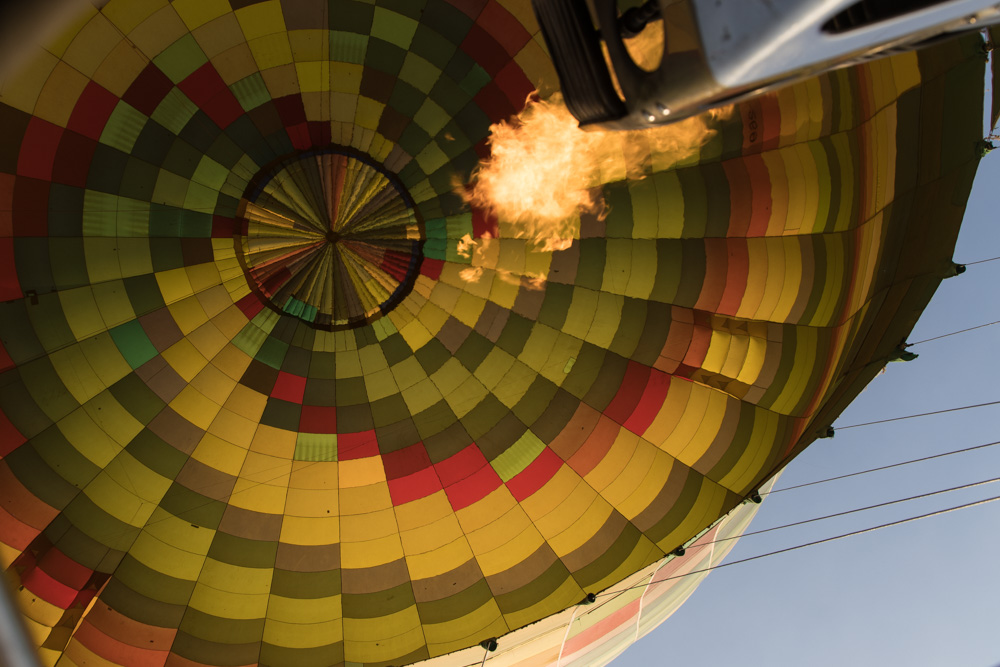
We drove a short way to join the rest of the tour at the Colossi of Memnon.
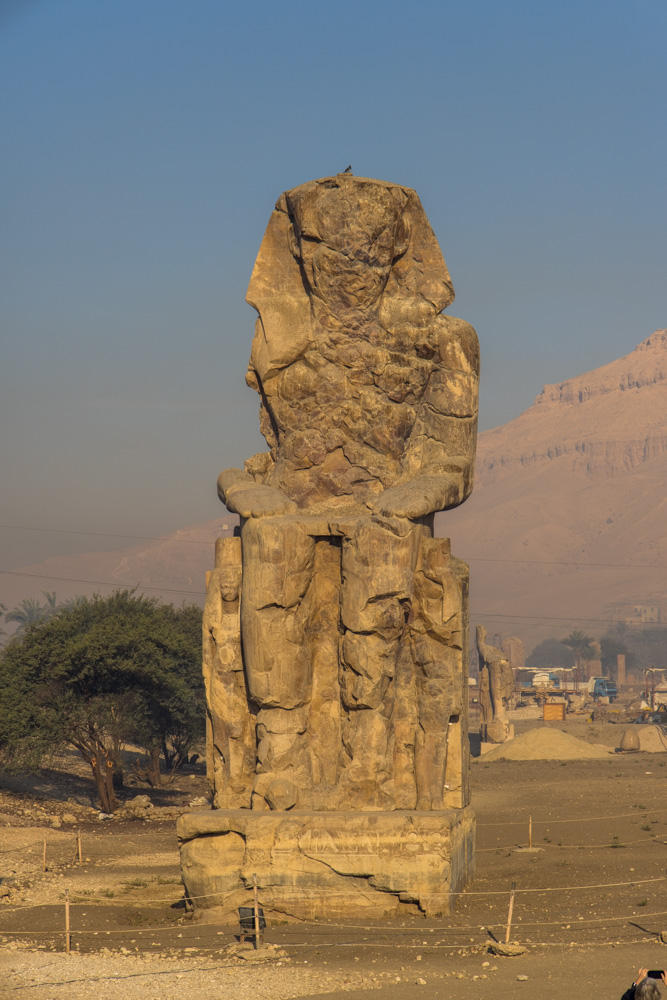
This statue is from a single piece of stone.
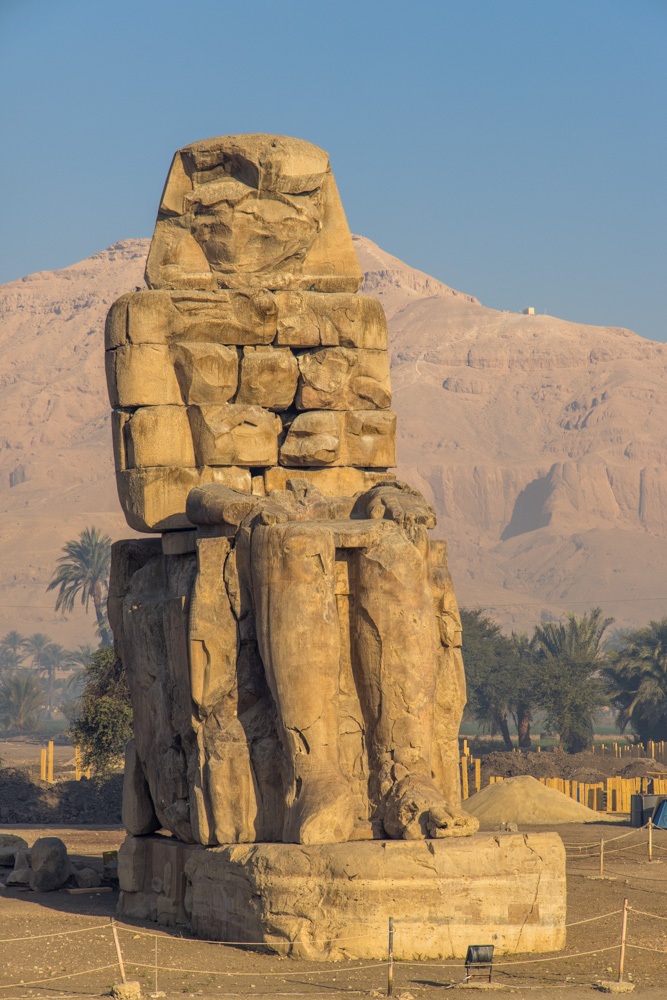

The Valley of the Kings is where, for a period of 500 years starting in 1500 BC, rock tombs were cut into the mountain side. To date, 63 tombs have been discovered in the valley. The size ranges from a small pit to one with over 120 chambers. Not all the tombs are open to the public - we went into 3 of them.

The use of colors to include yellow, black and dark blues add a visually striking feel and is rare among the decorations in the Valley's tombs.
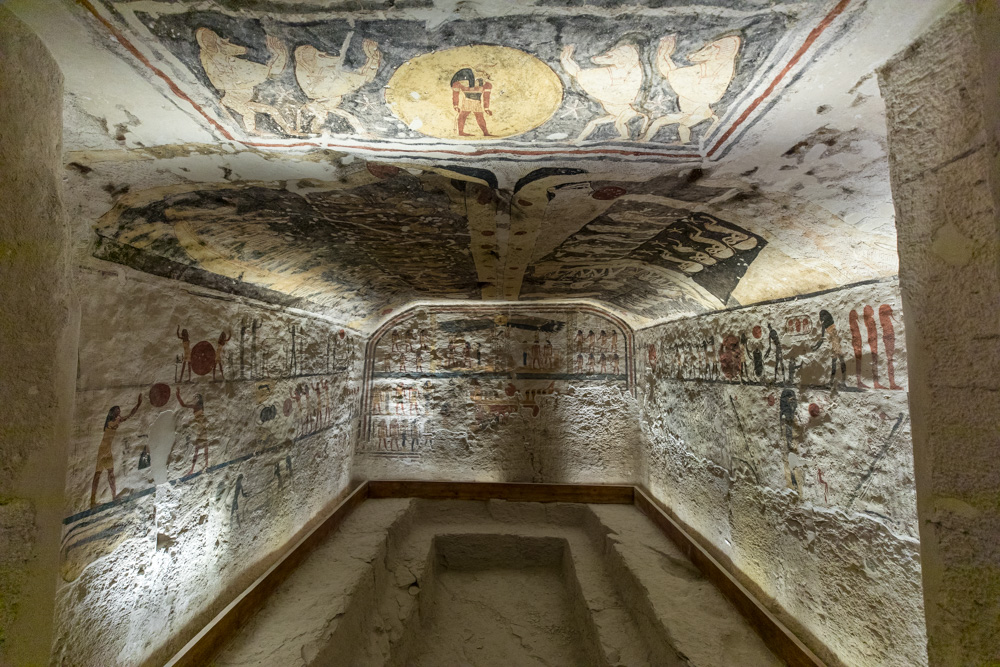
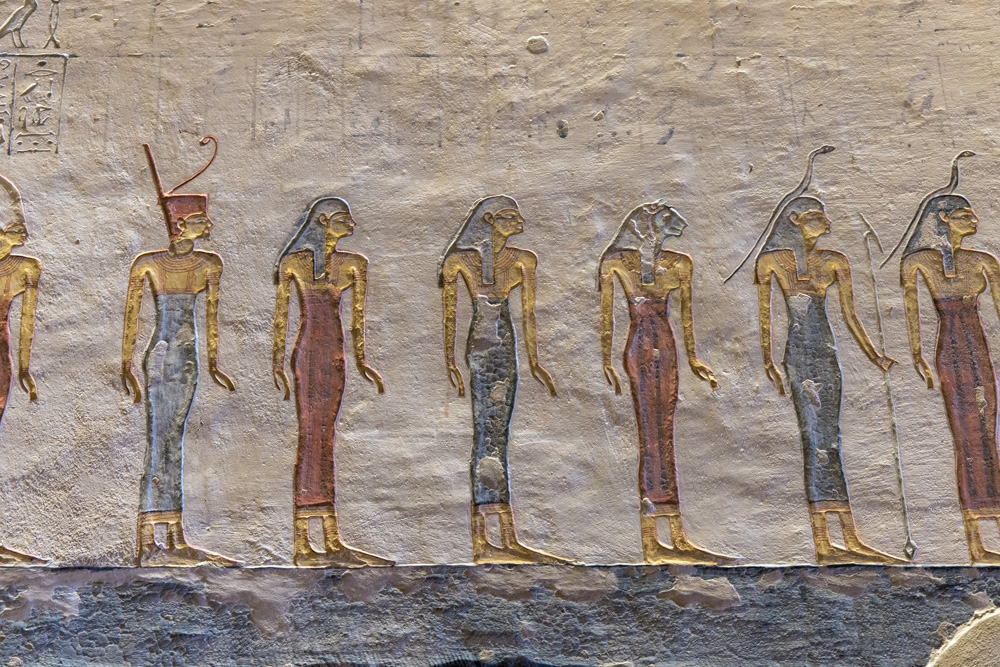
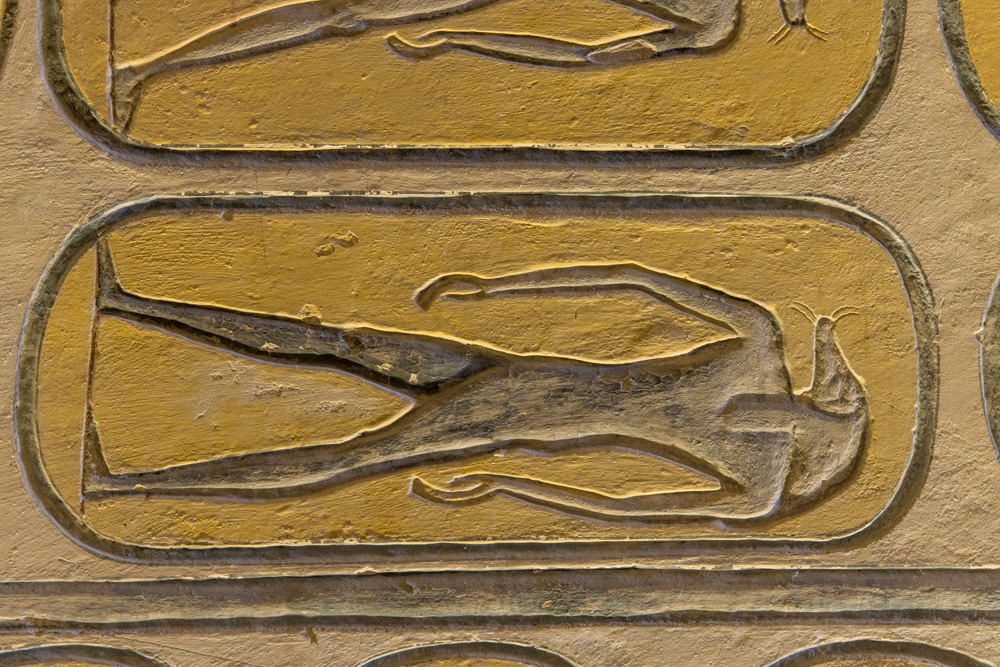
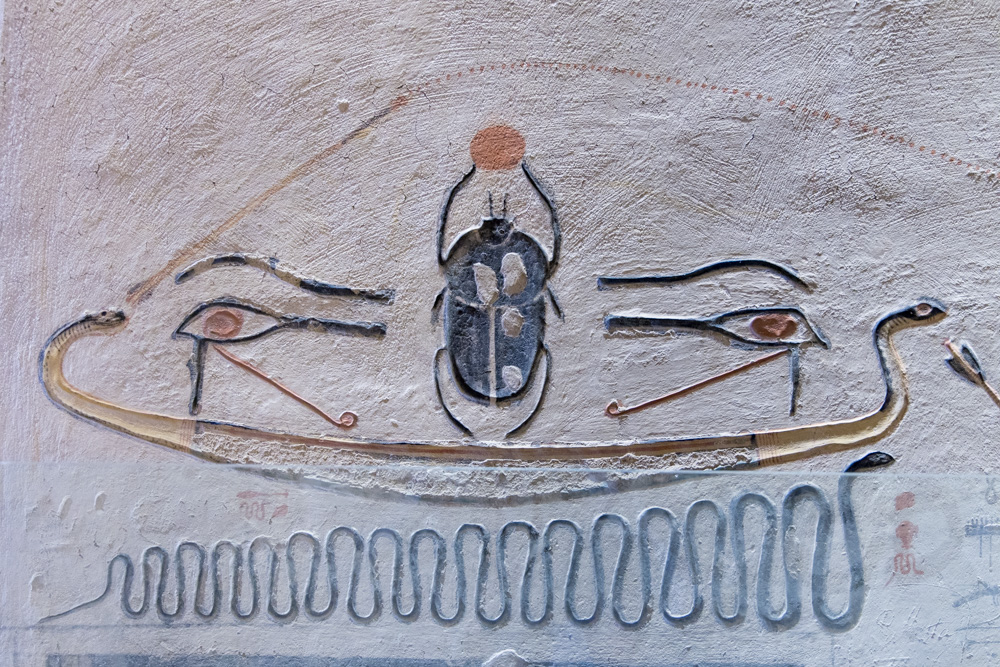
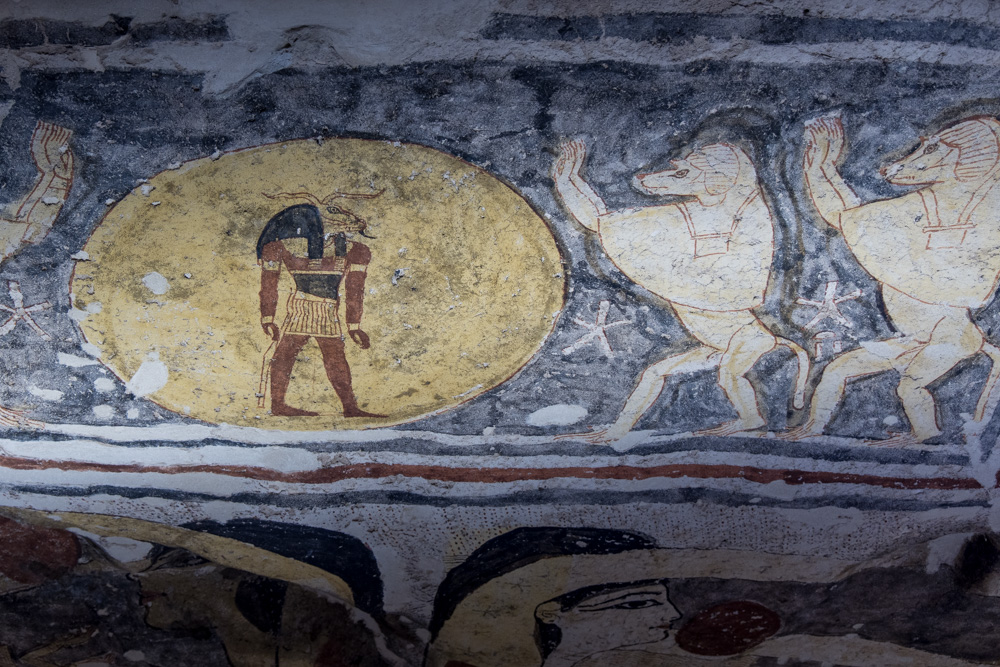
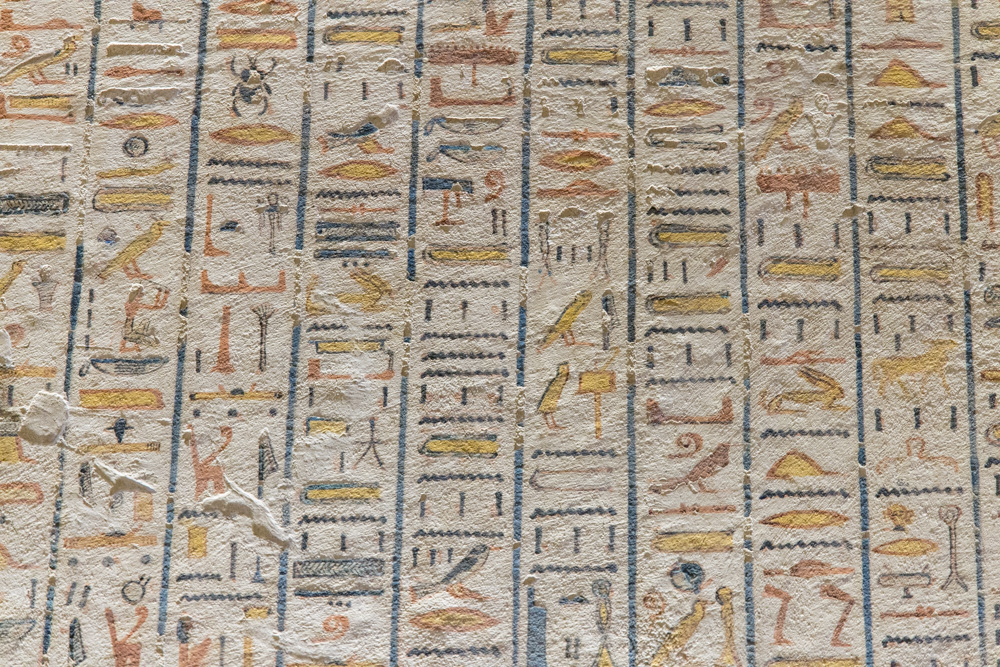
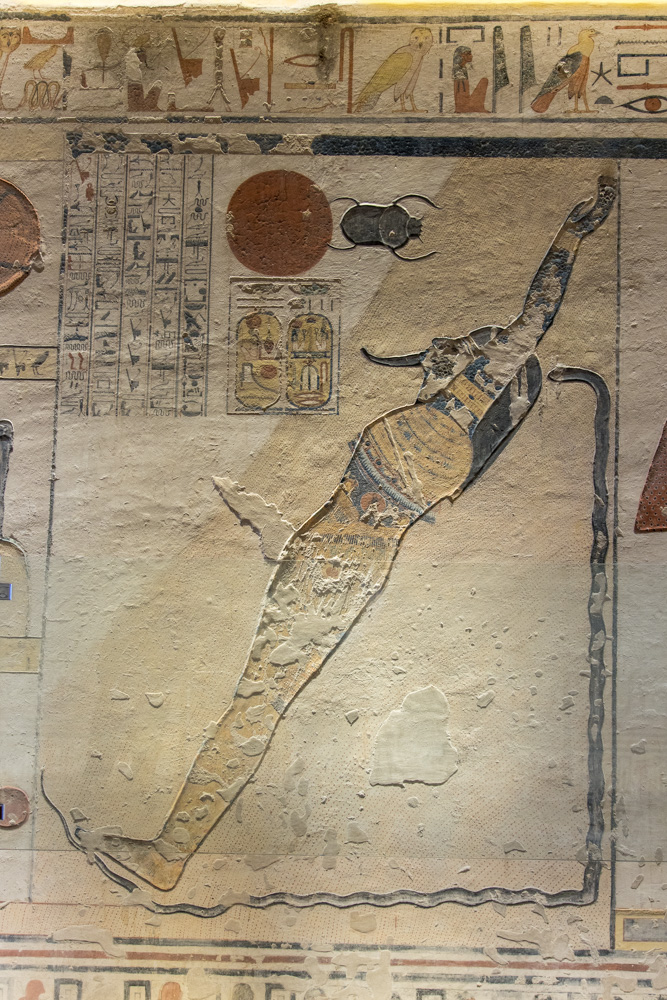
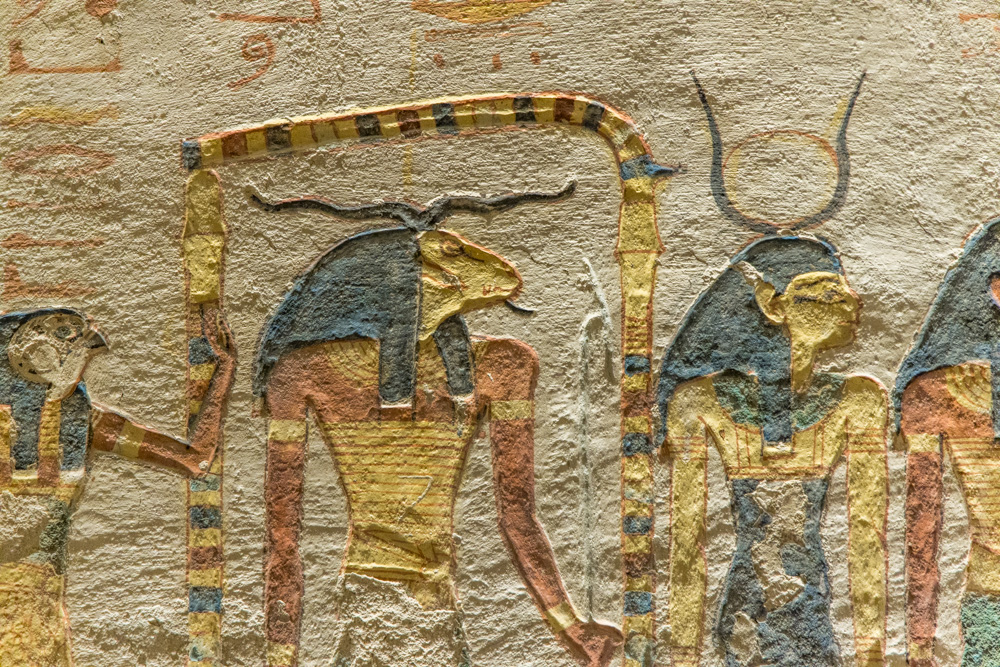
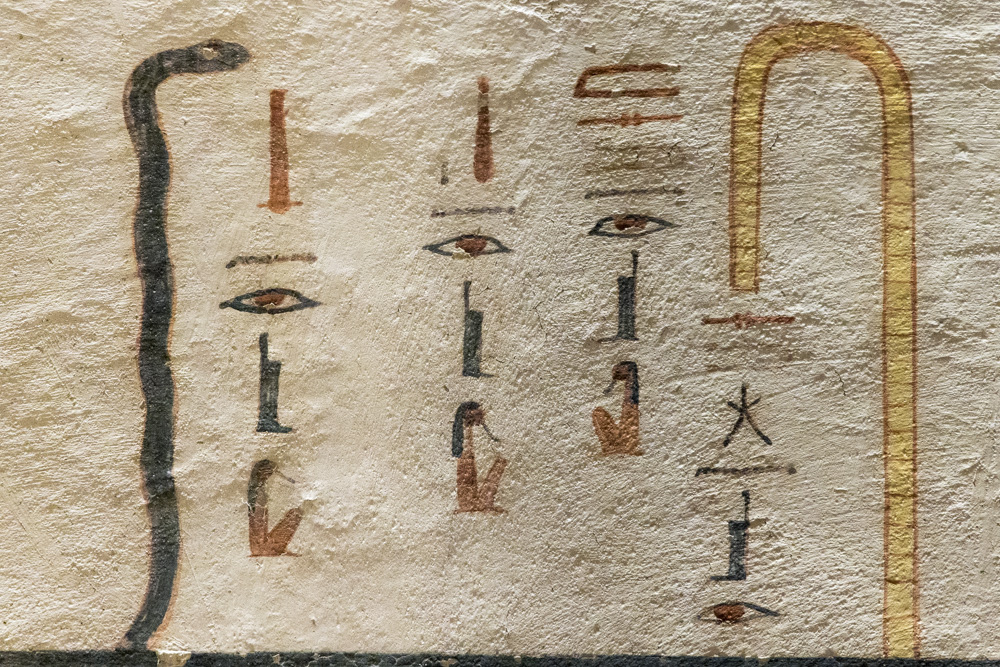
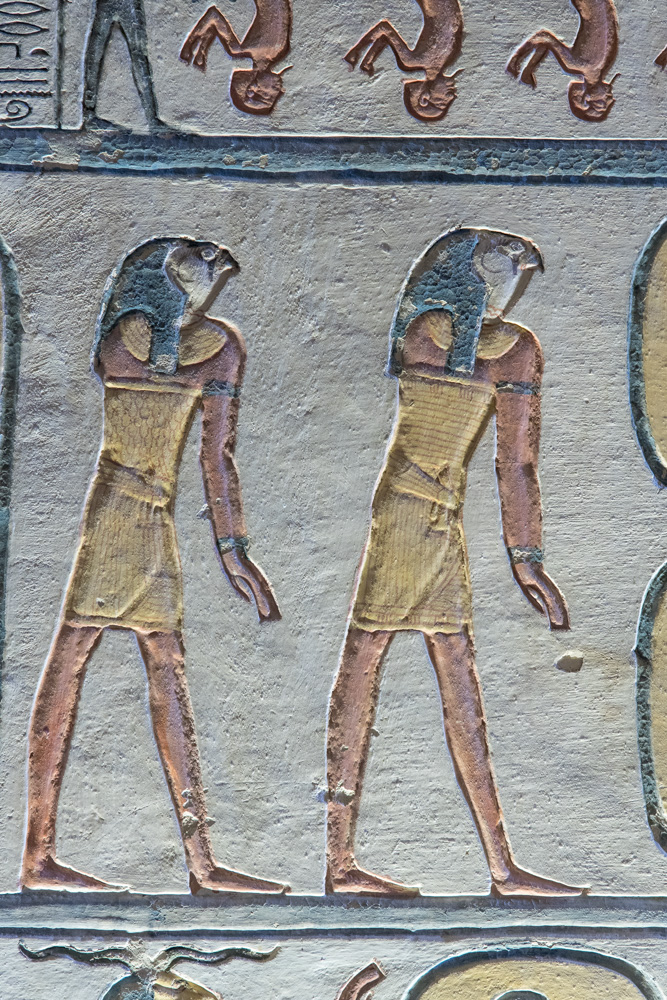
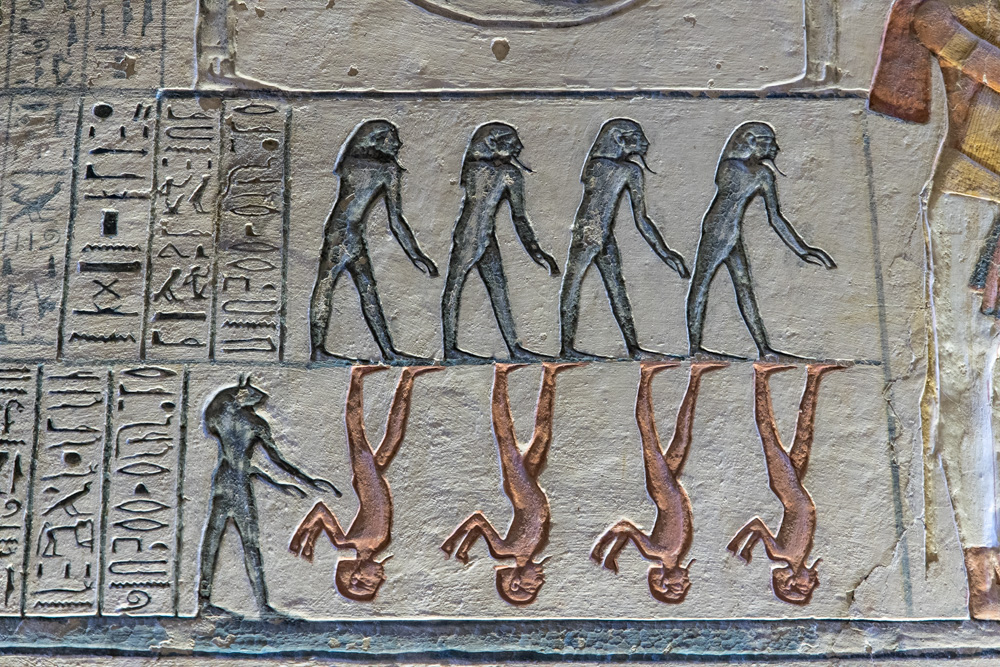
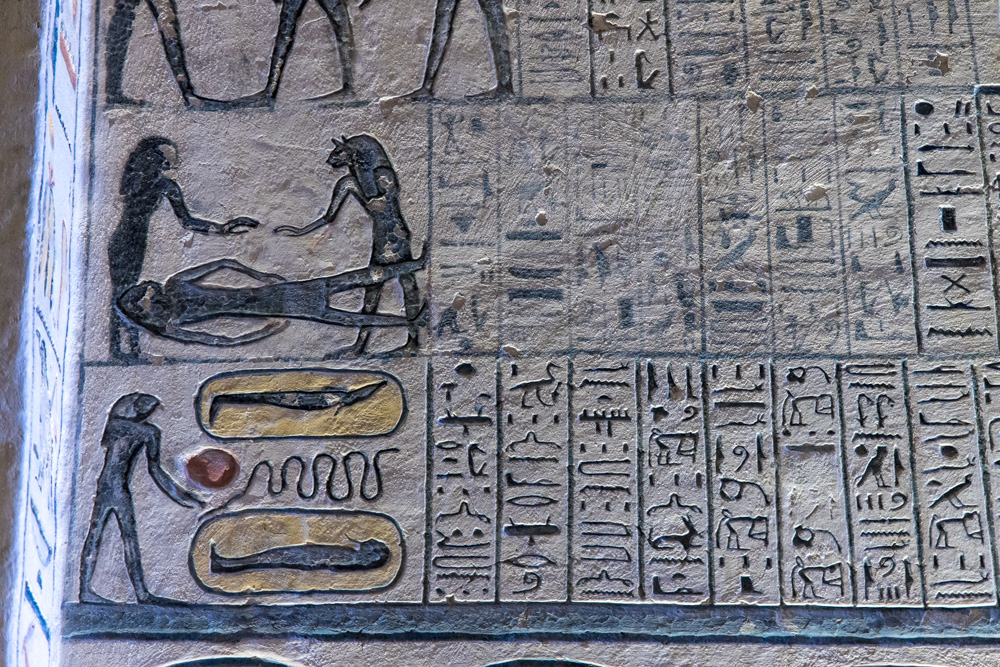
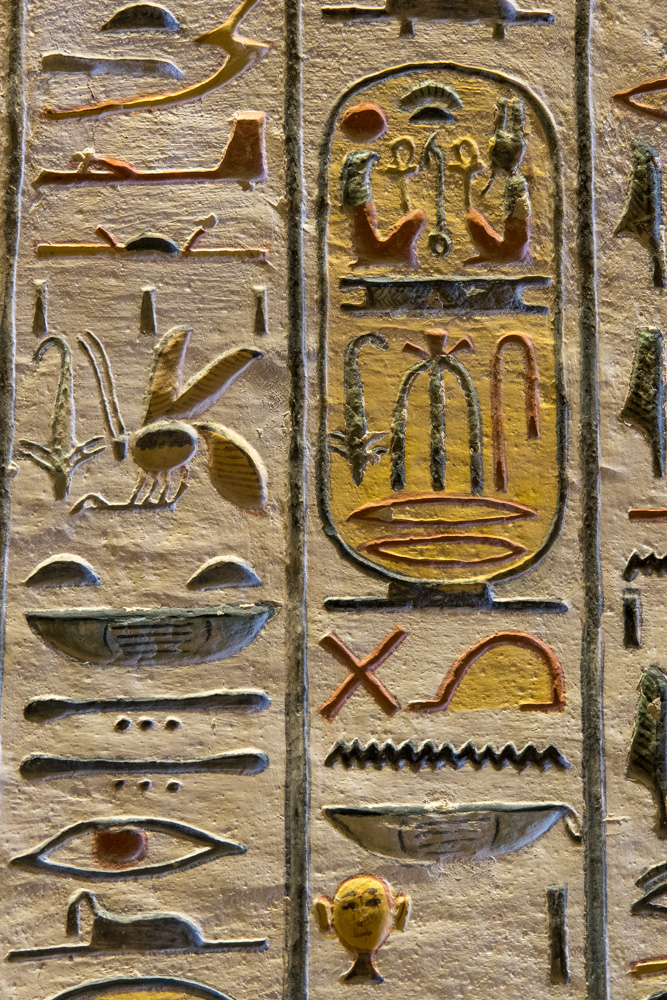
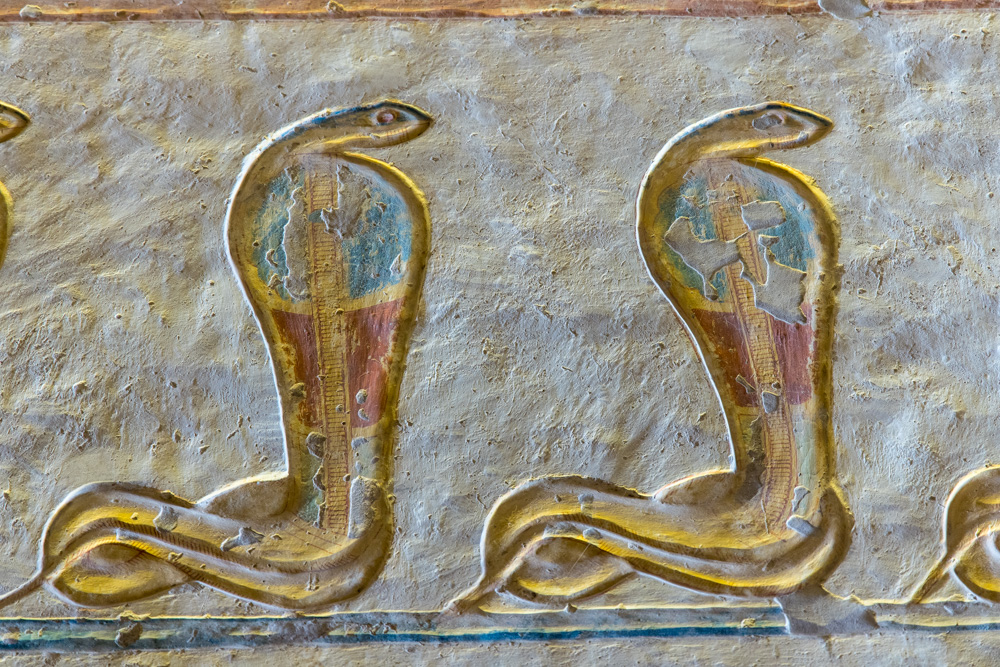
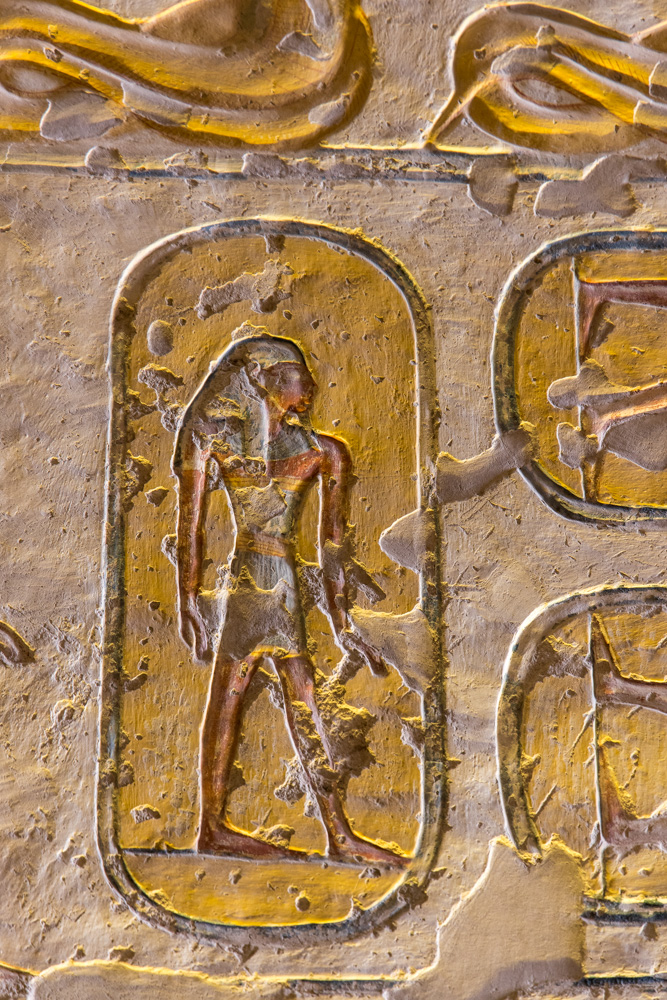
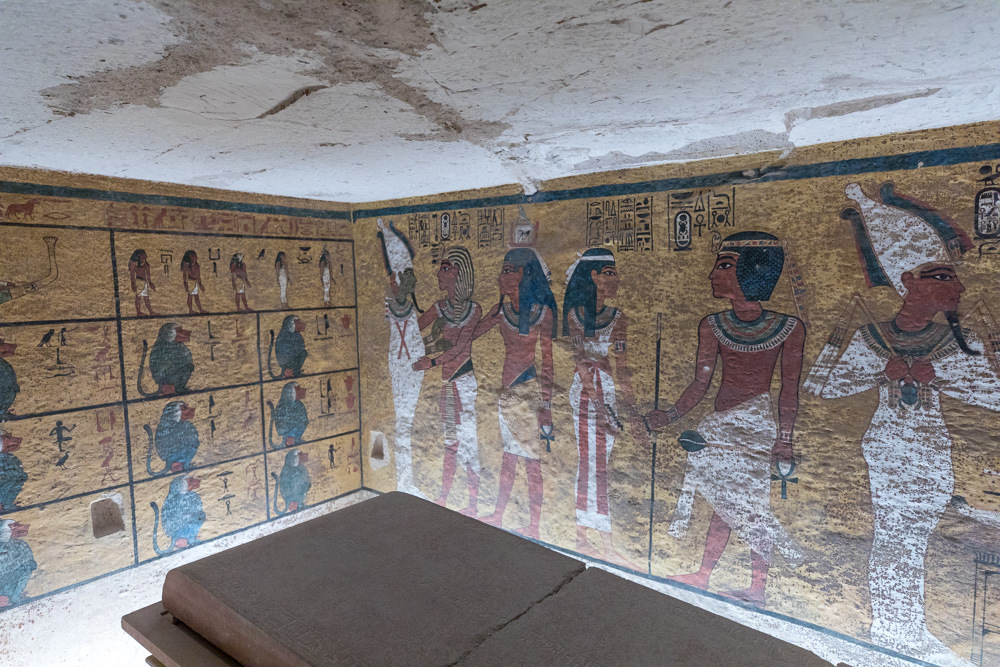
This is the tomb itself
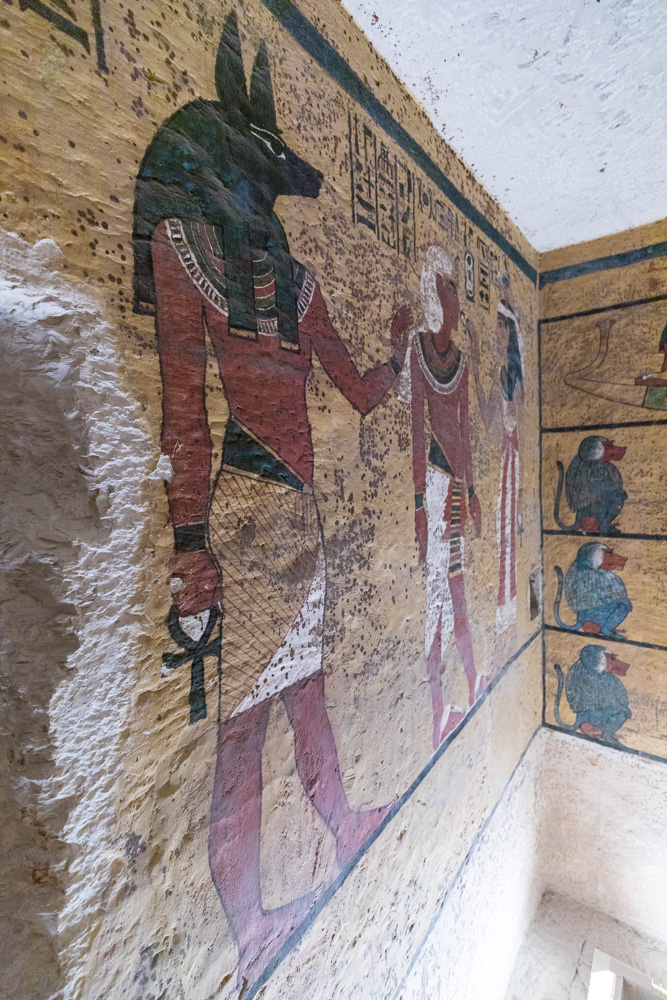

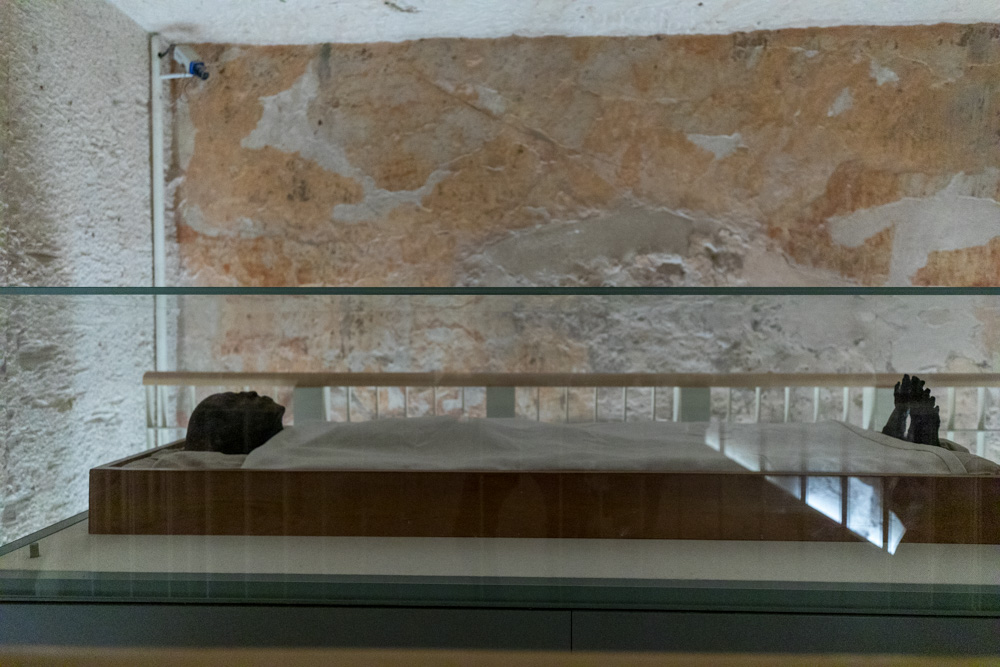
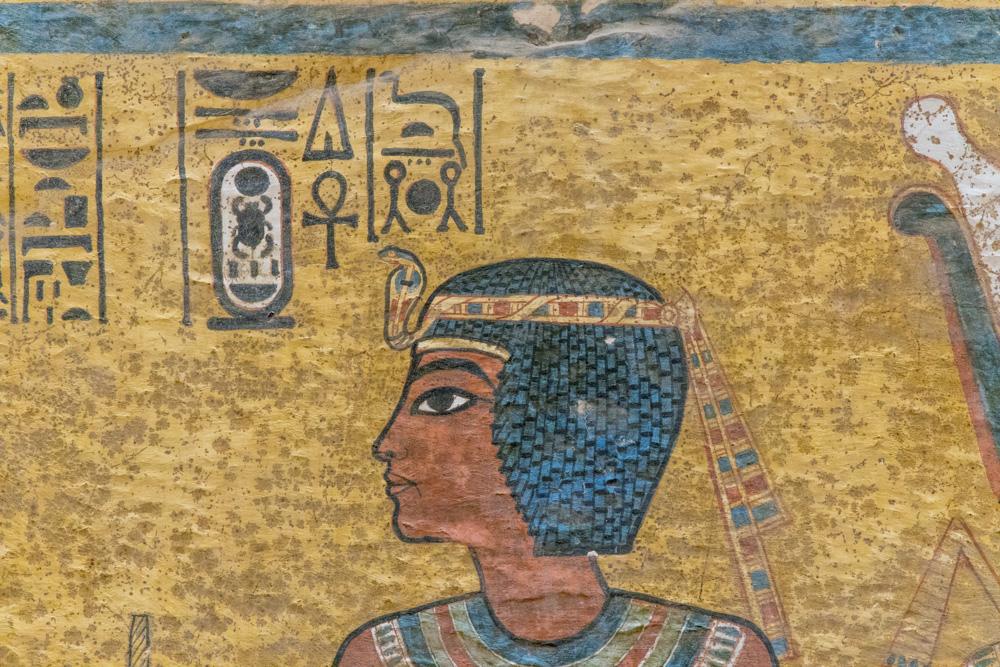
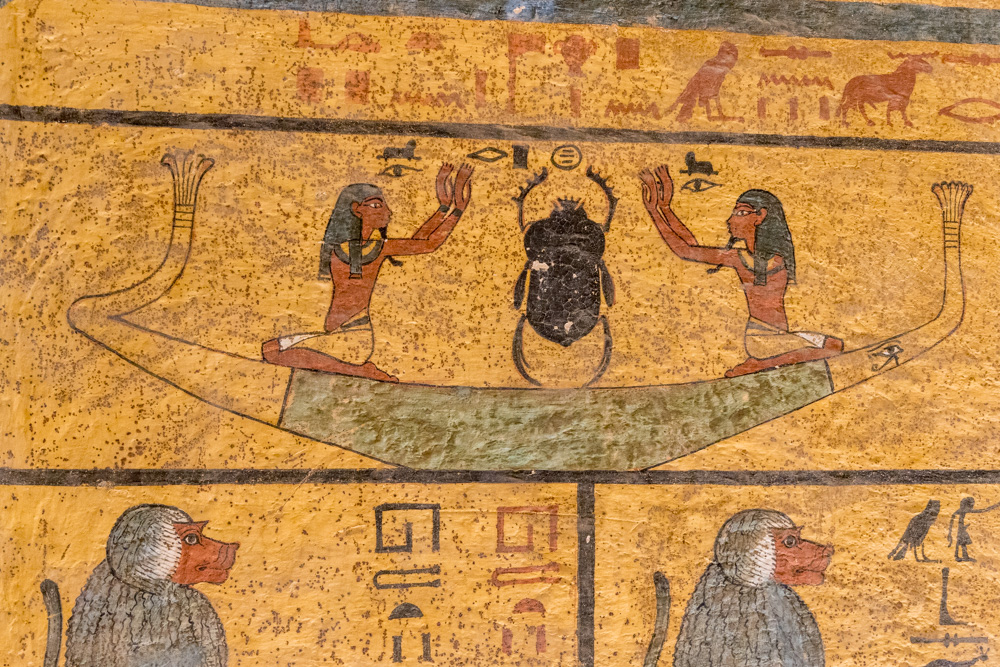
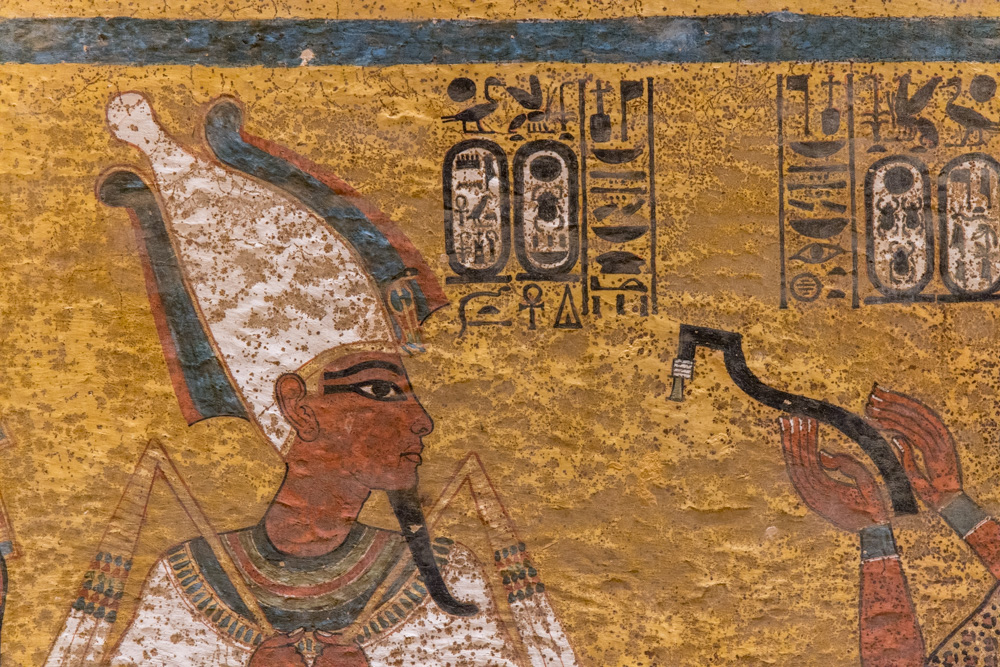
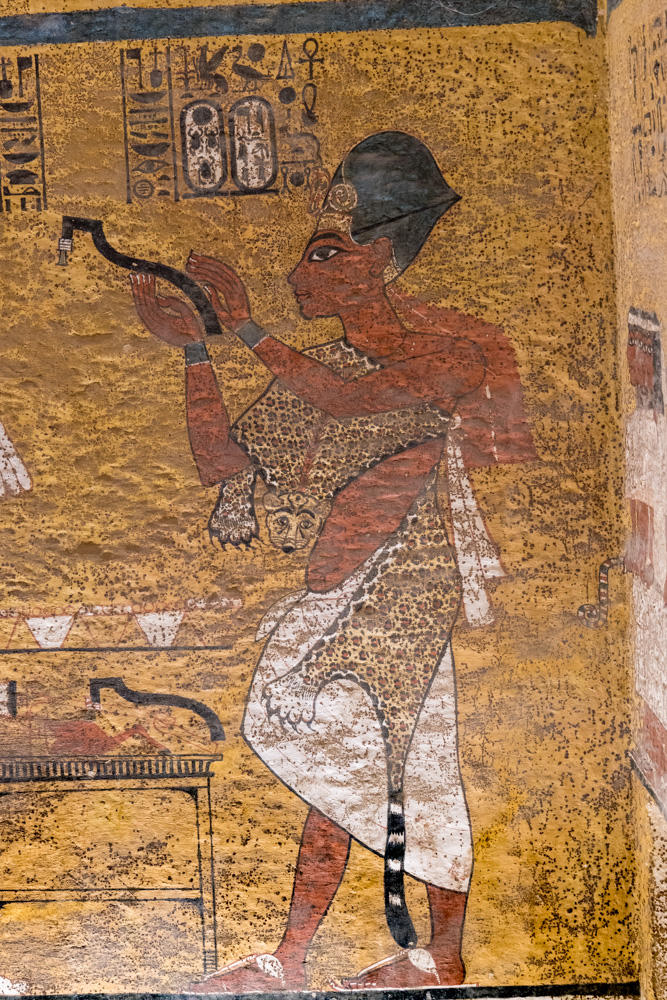
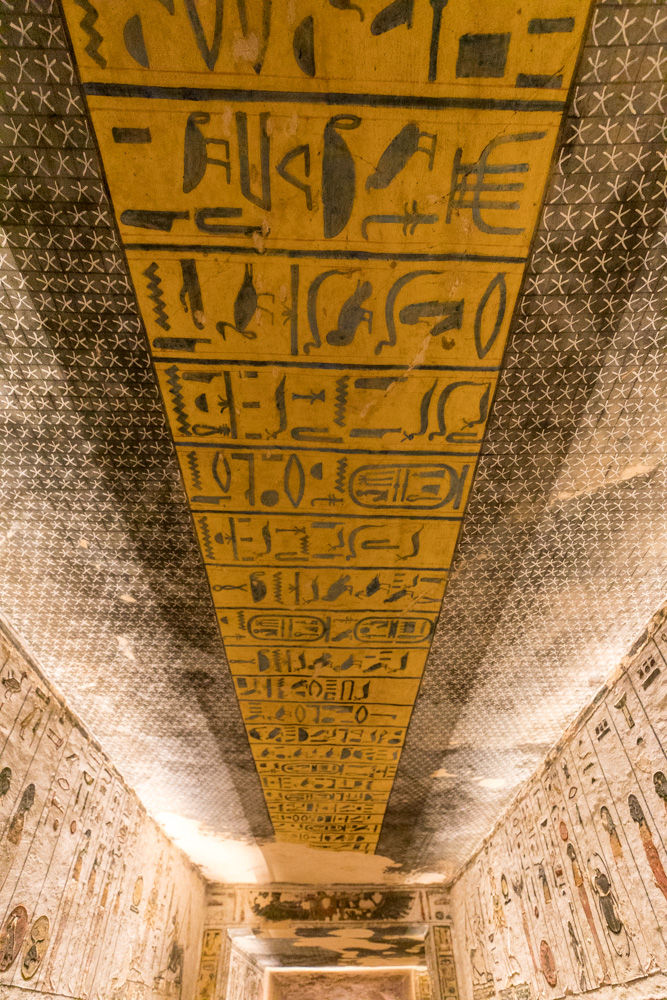
This is a hallway leading into the tomb. Note the stars on the ceiling along with the hieroglyphics.
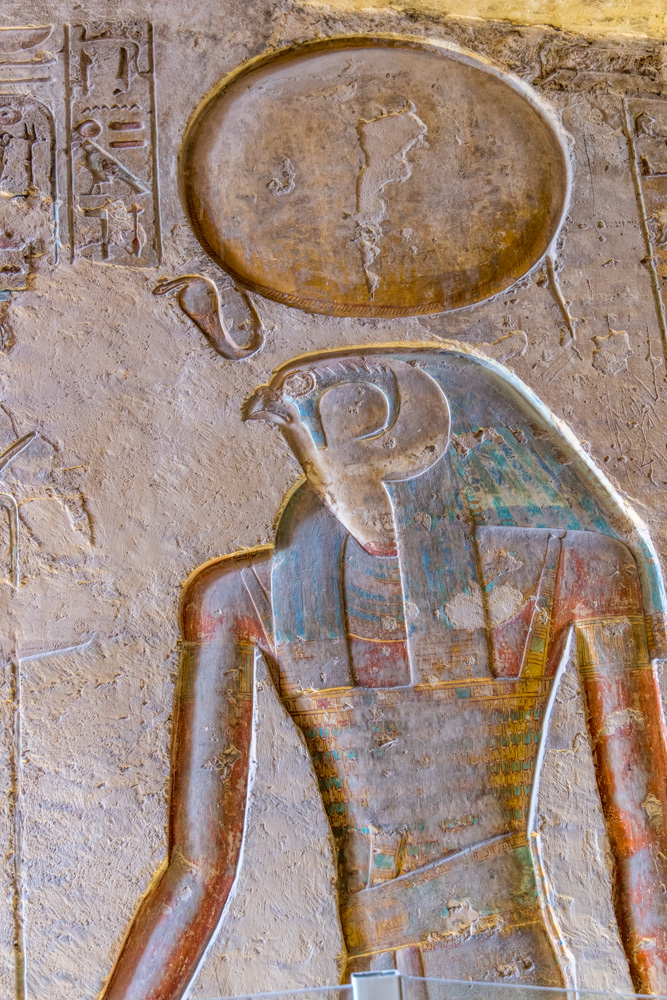
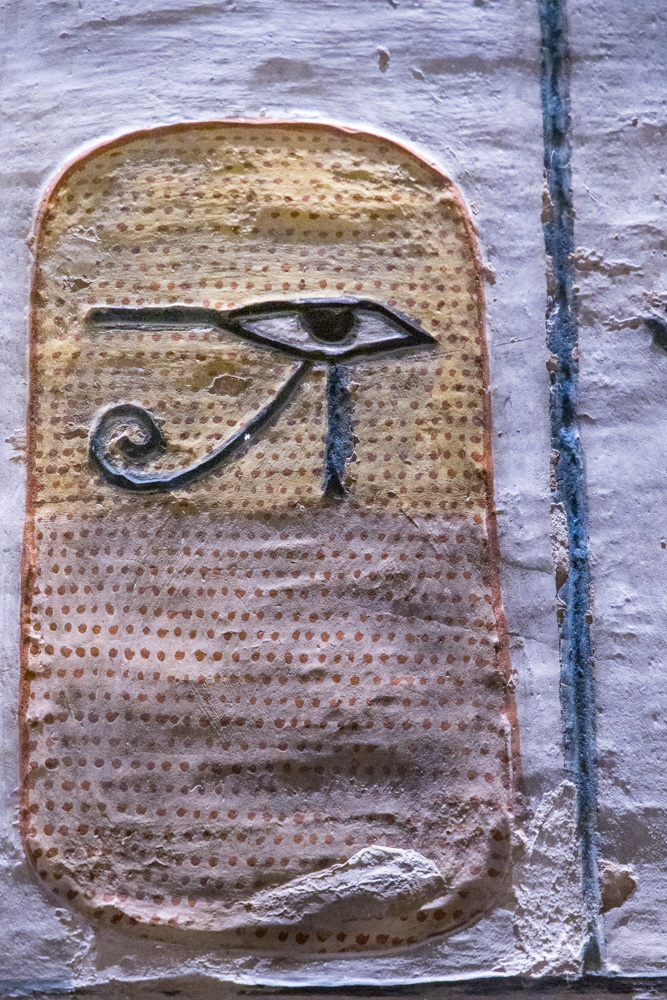
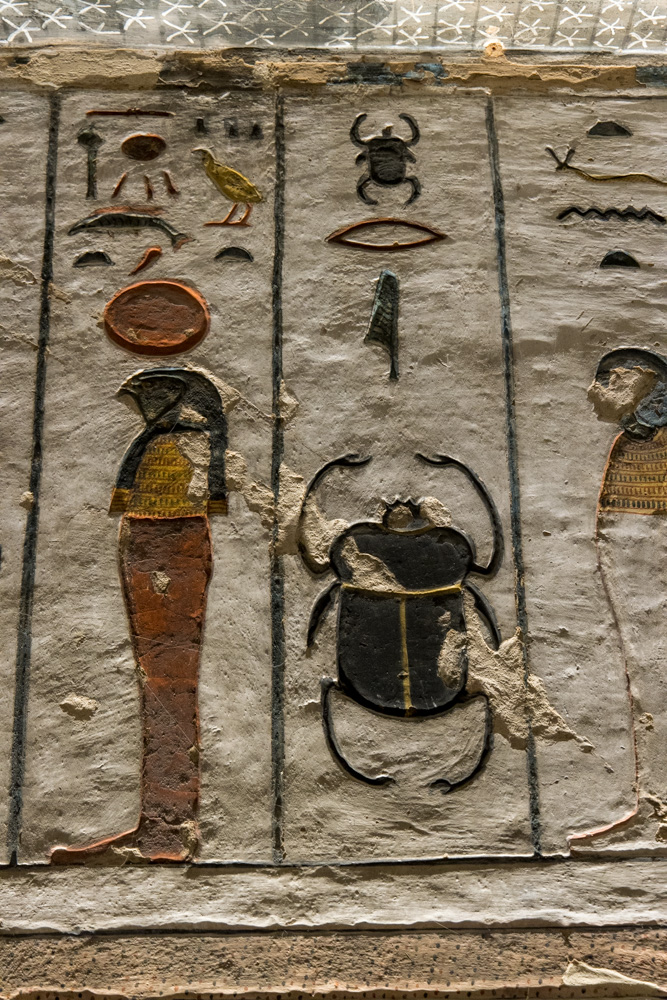

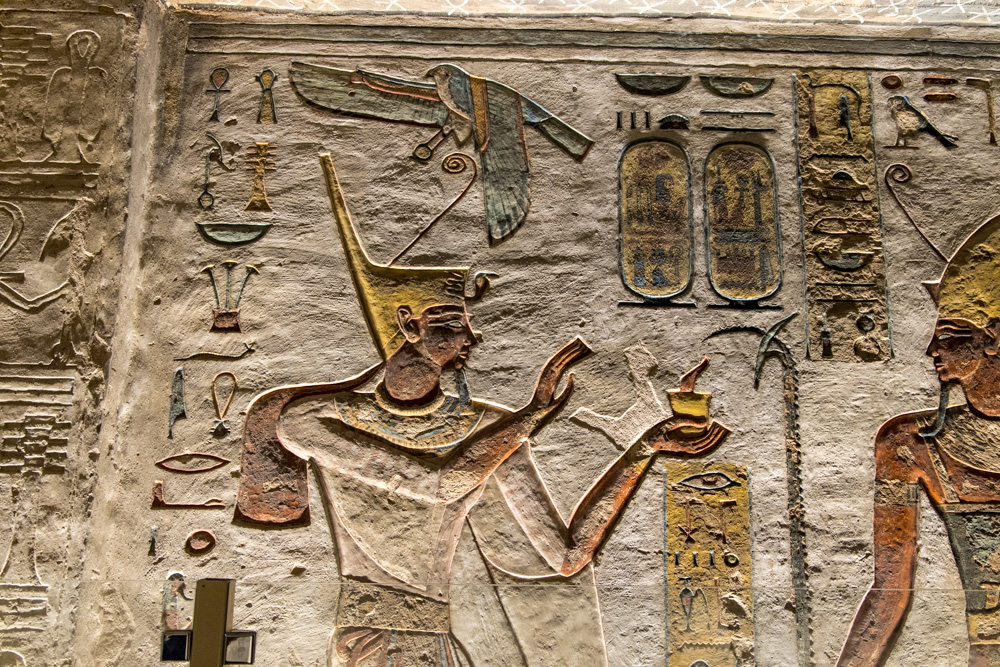
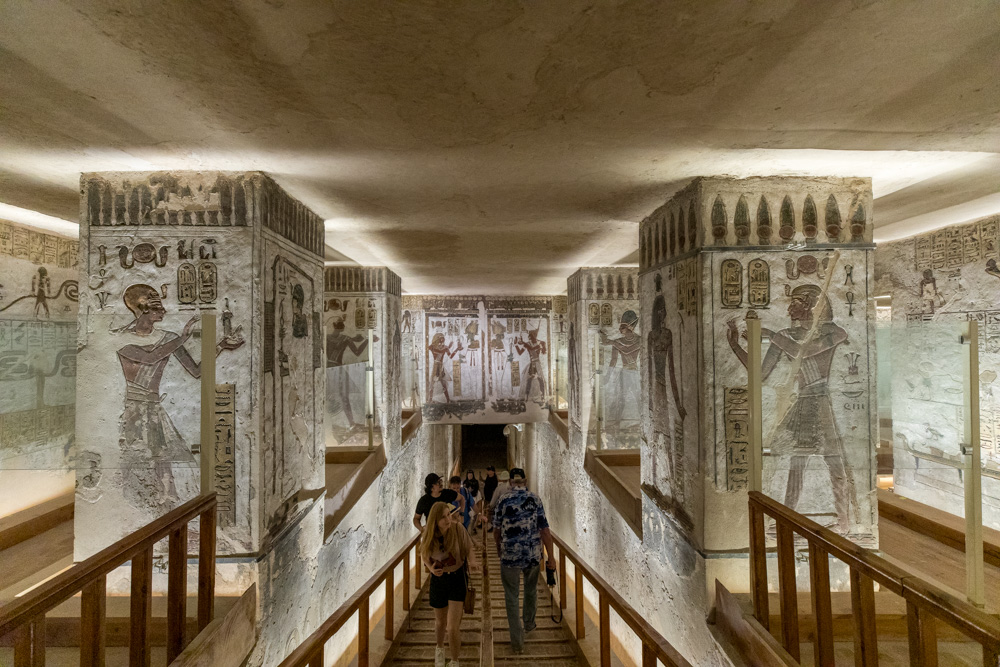
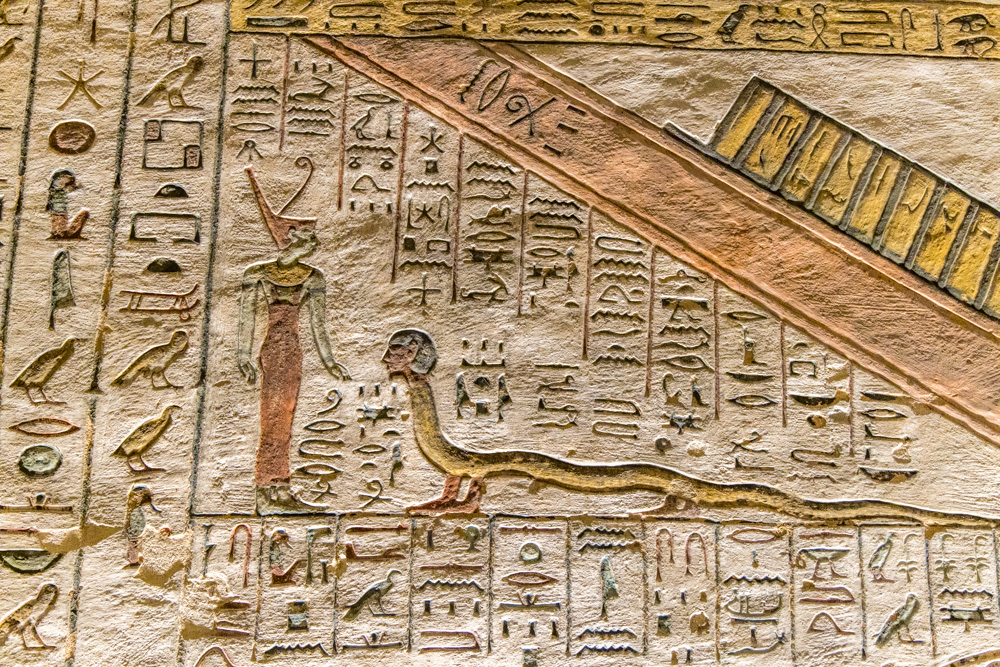
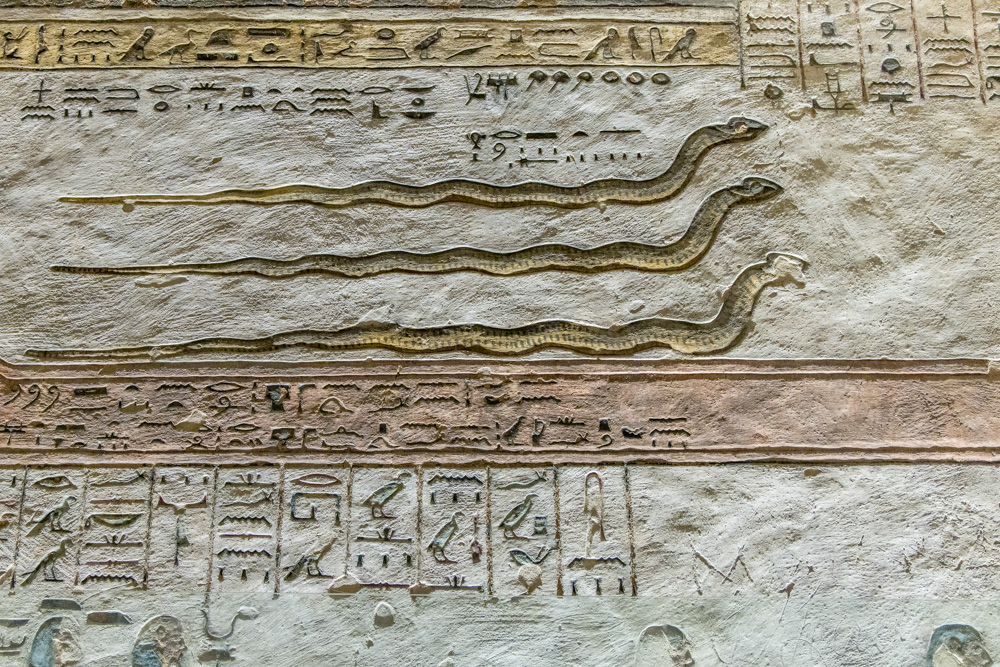
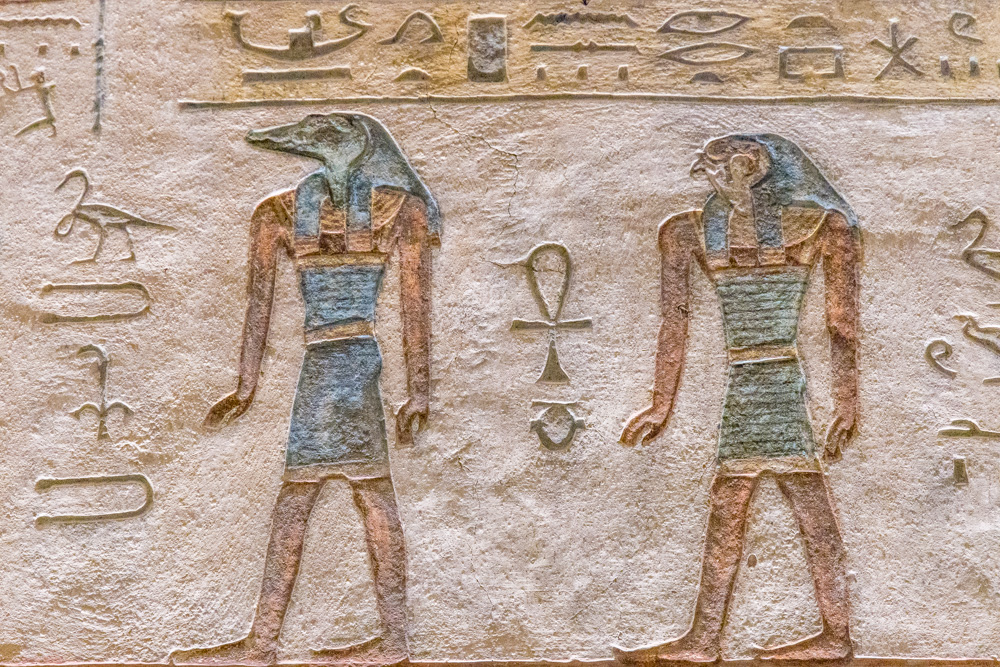
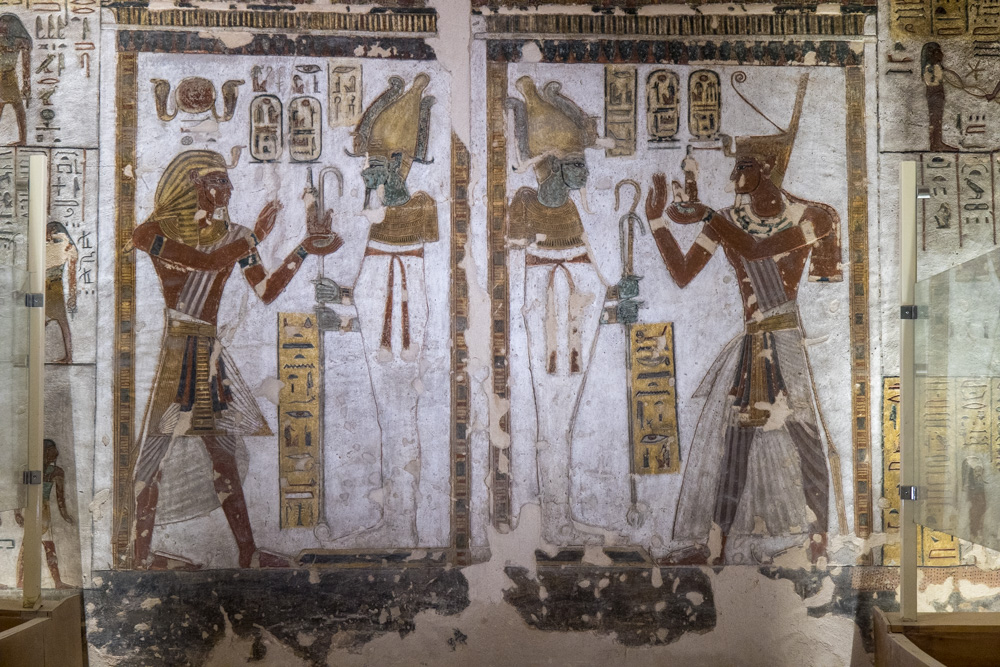
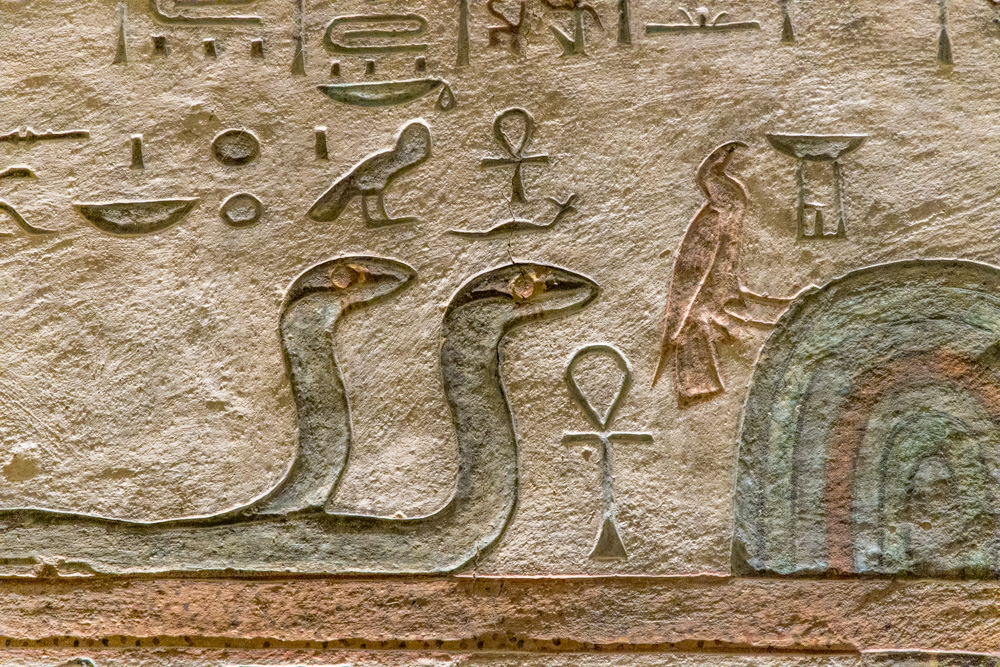
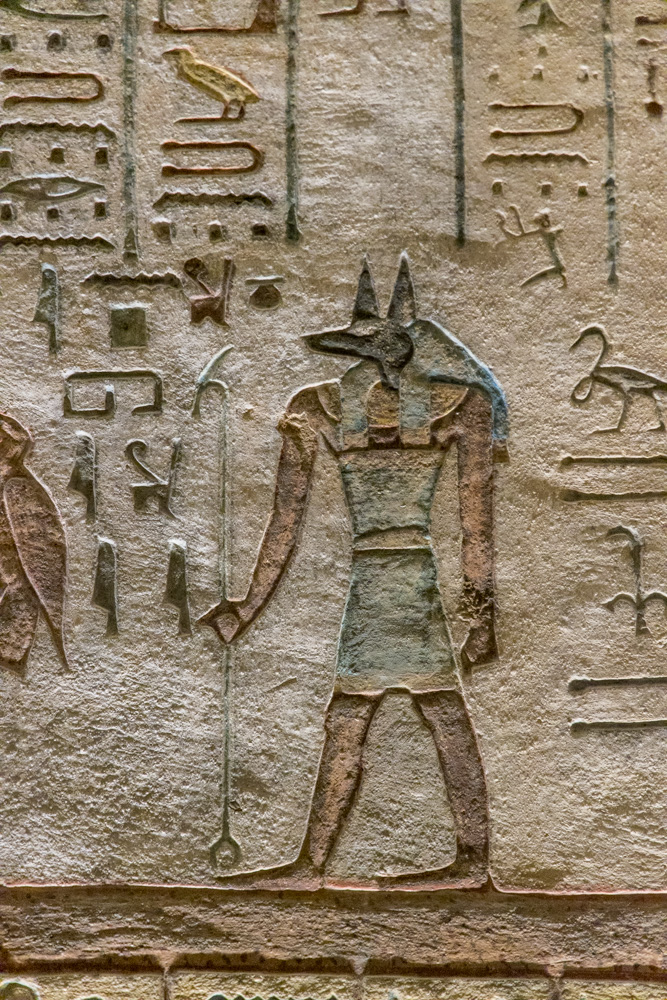
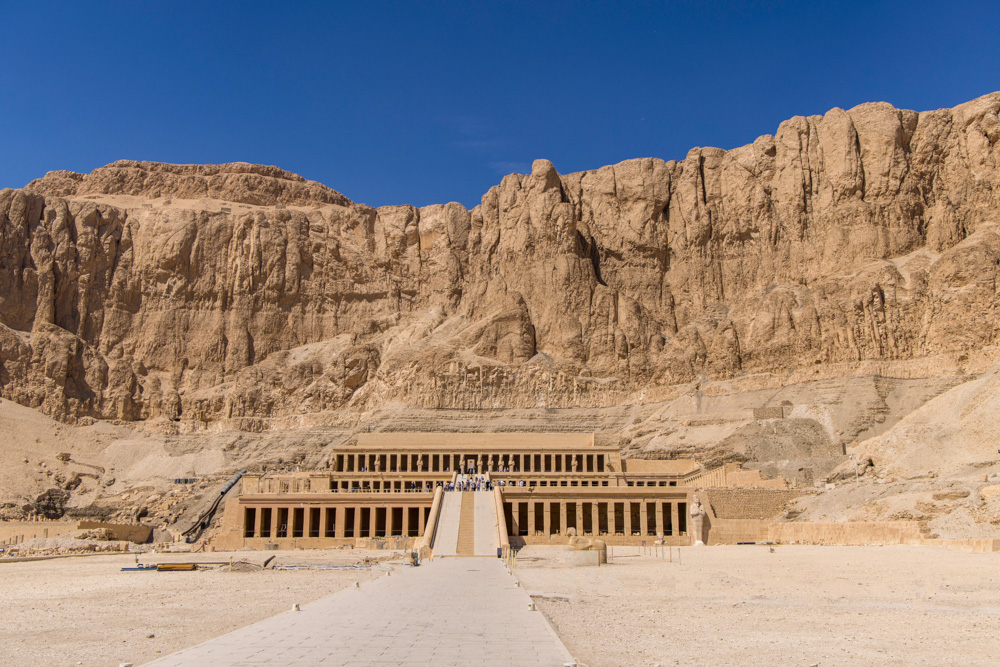
Hatshepsut came to the throne of Egypt in 1478 BC. As the principal wife of Thutmose II, Hatshepsut initially ruled as regent to Thutmose III, a son of Thutmose II by another wife and the first male heir. Thutmose III had inherited the throne at about two years of age. She simply continued her rule for the next 21 years.
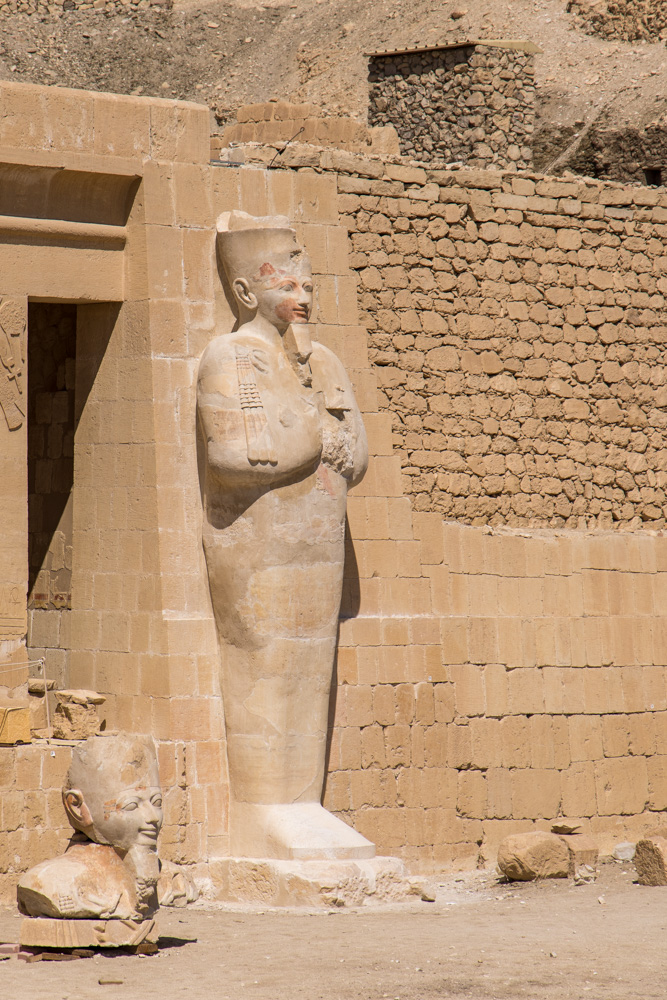
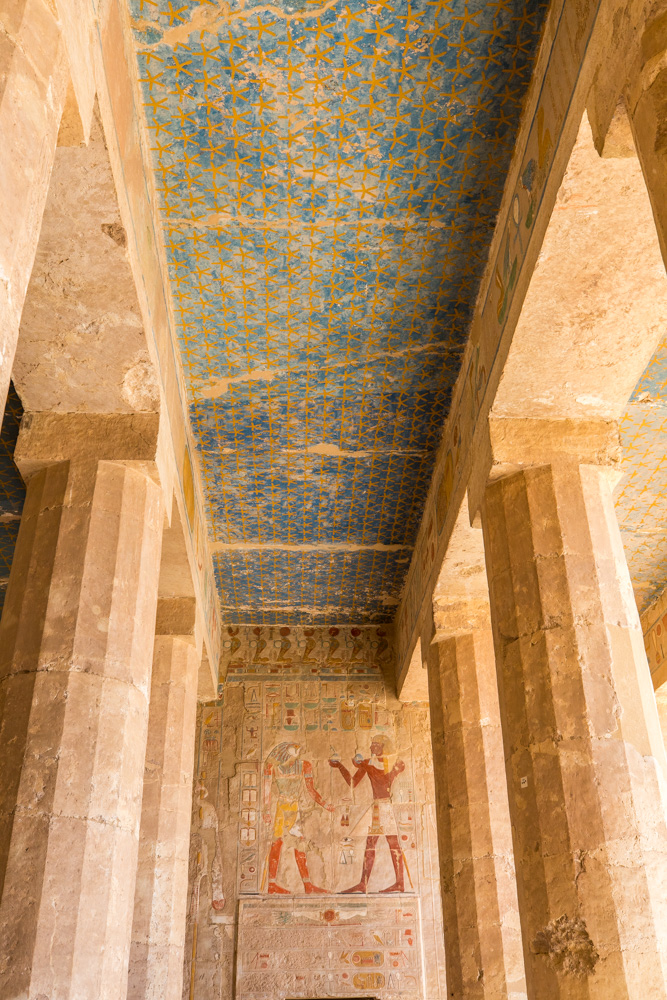
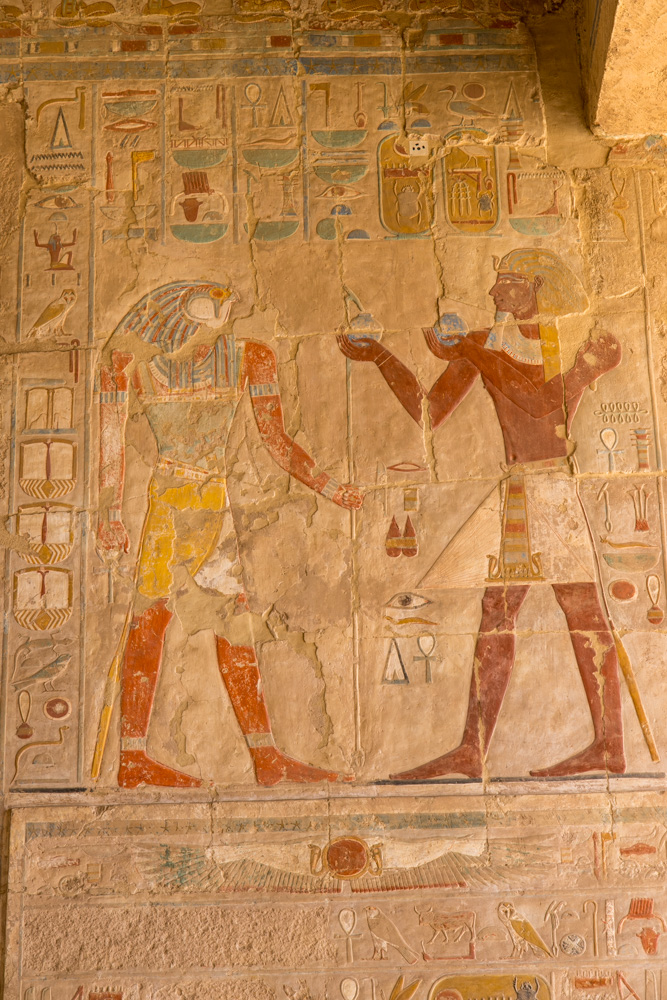

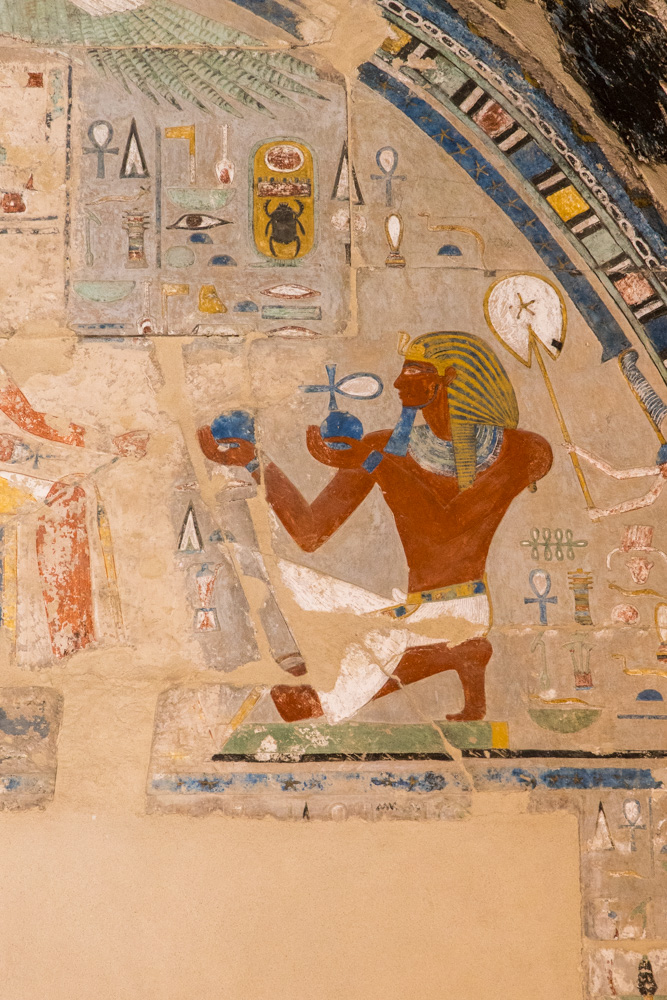
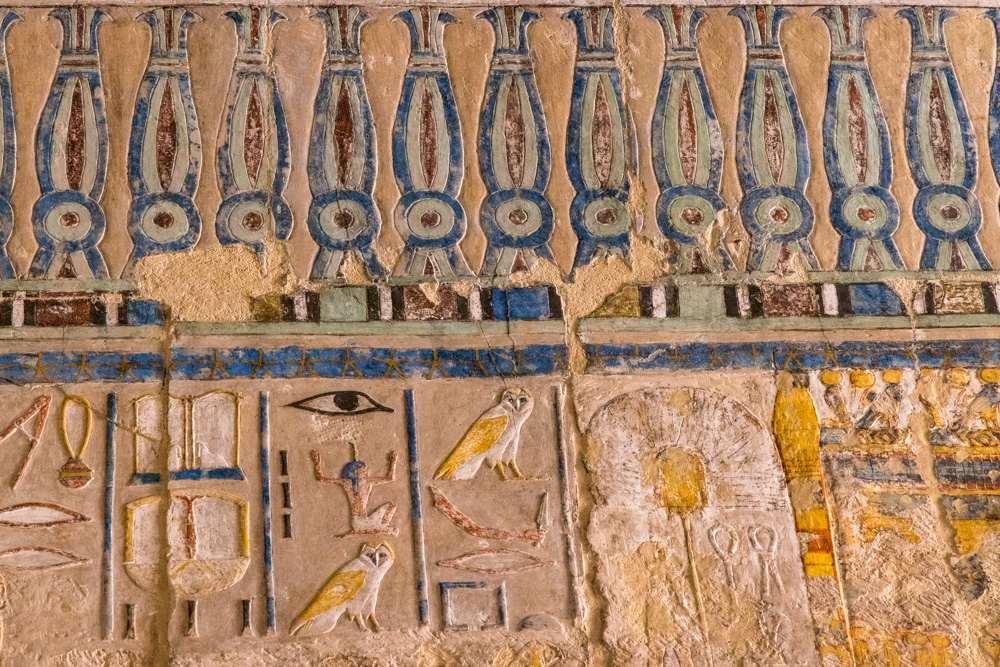
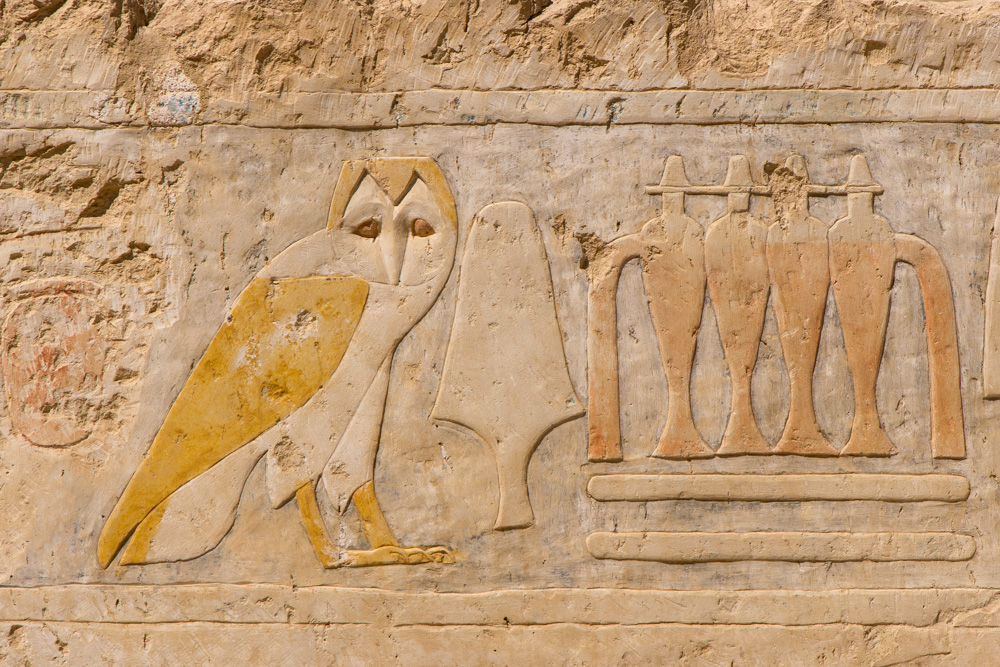
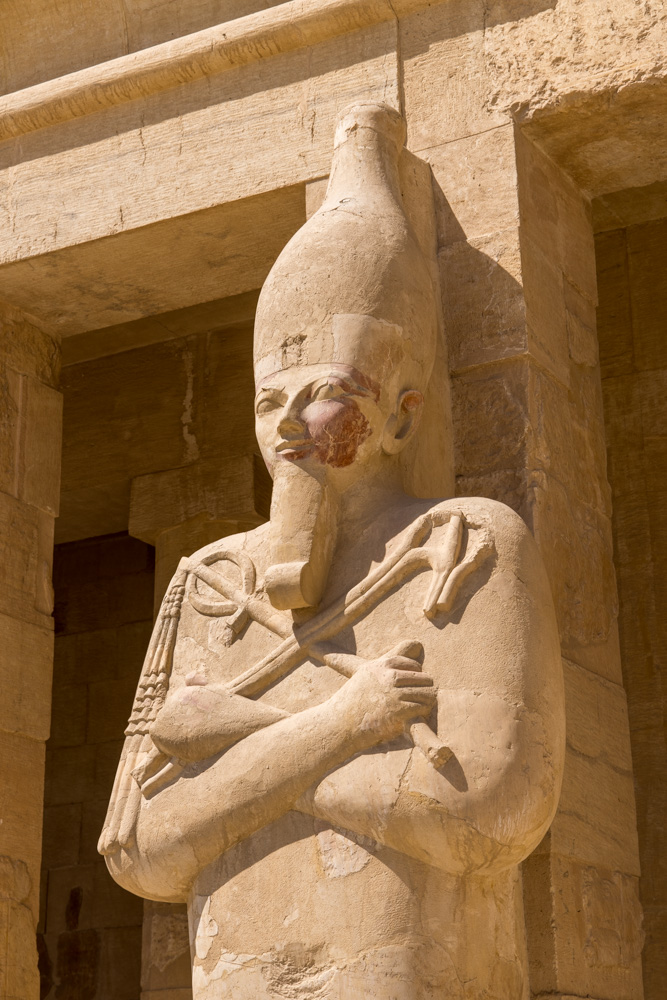
It was very hot, and we had to ascend 3 stories while visiting the temple to get to the burial chamber. The chamber was cut into the mountain side - the whole building was anchored into the mountain.
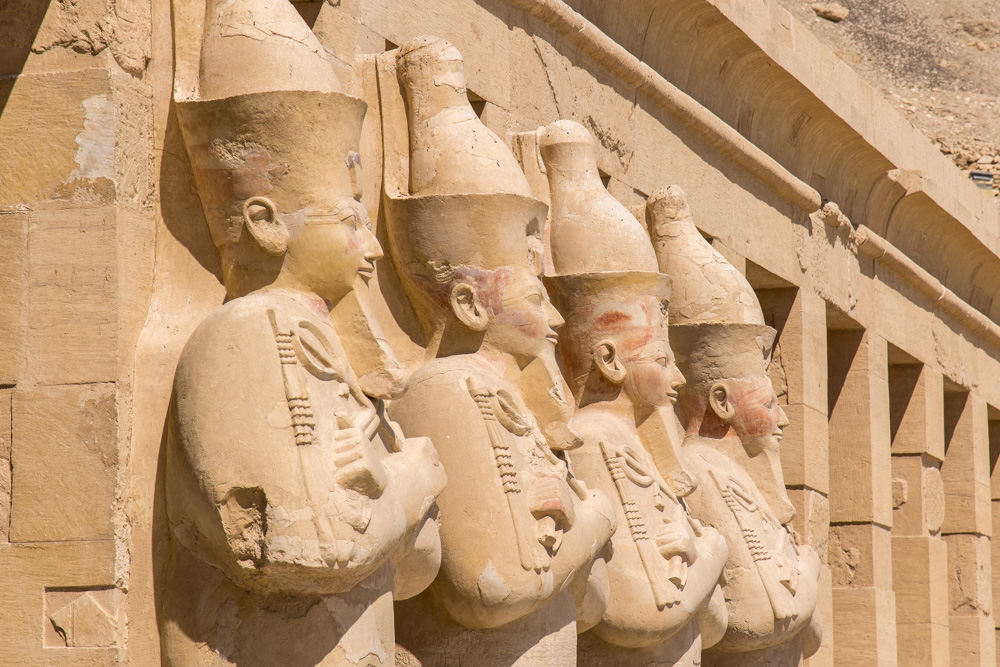
Two decades after Hatshepsut's death, under the direction of Thutmose III, references to her rule were erased, usurped or obliterated. The campaign was intense but brief, quelled after two years when Amenhotep II was enthroned. During this period much of her temples including her tomb were destroyed or defaced.

There are 110 tombs so far identified.
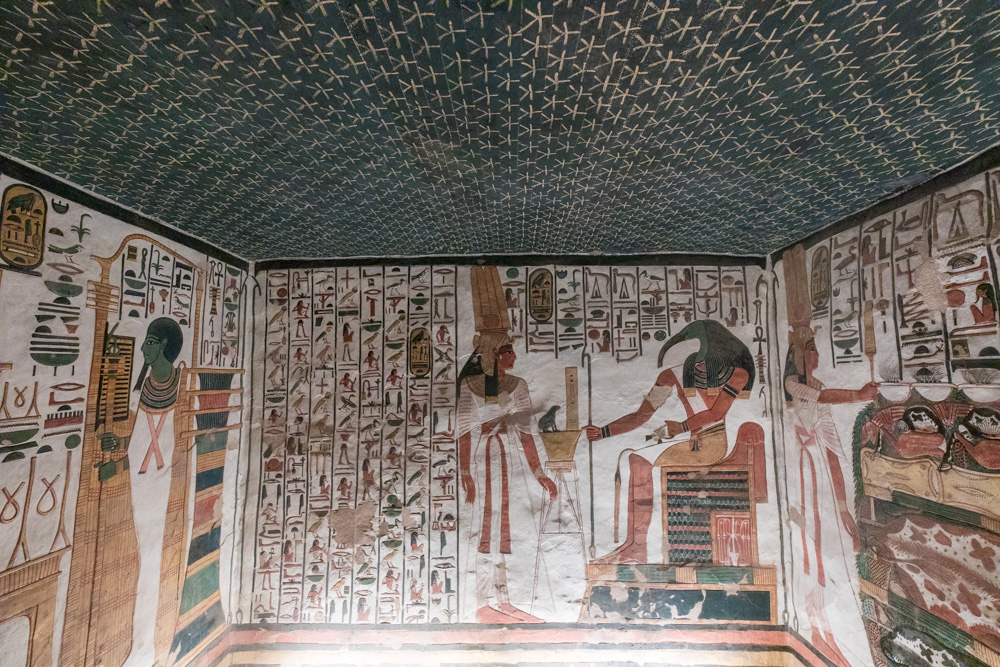
This is her burial chamber with a vast room and beautiful star-studded ceiling supported by four pillars entirely covered with decoration. Originally, the queen's red granite sarcophagus lay in the middle of this chamber.

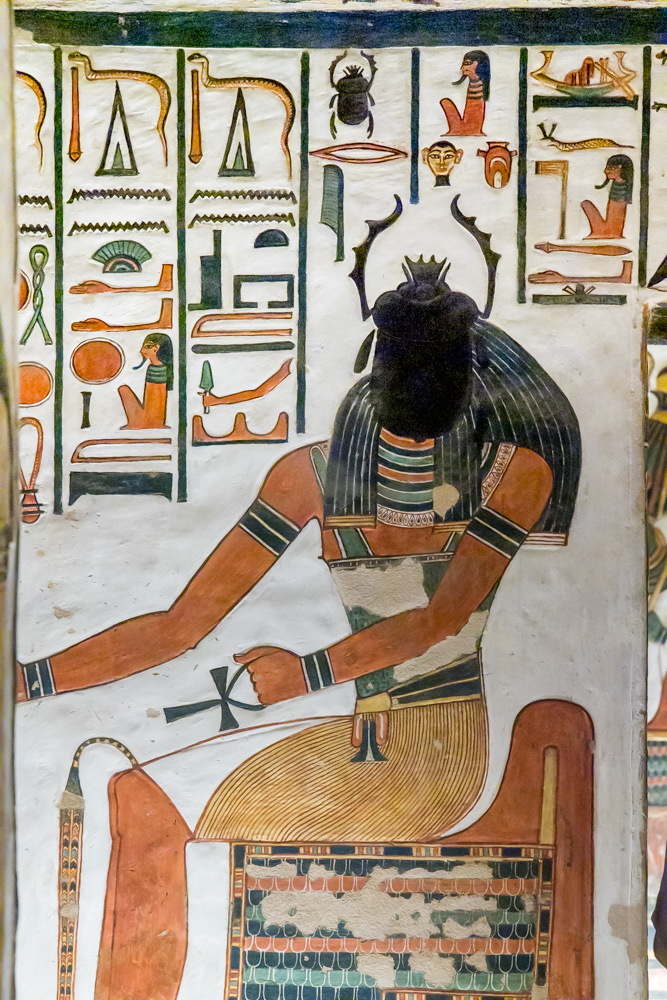
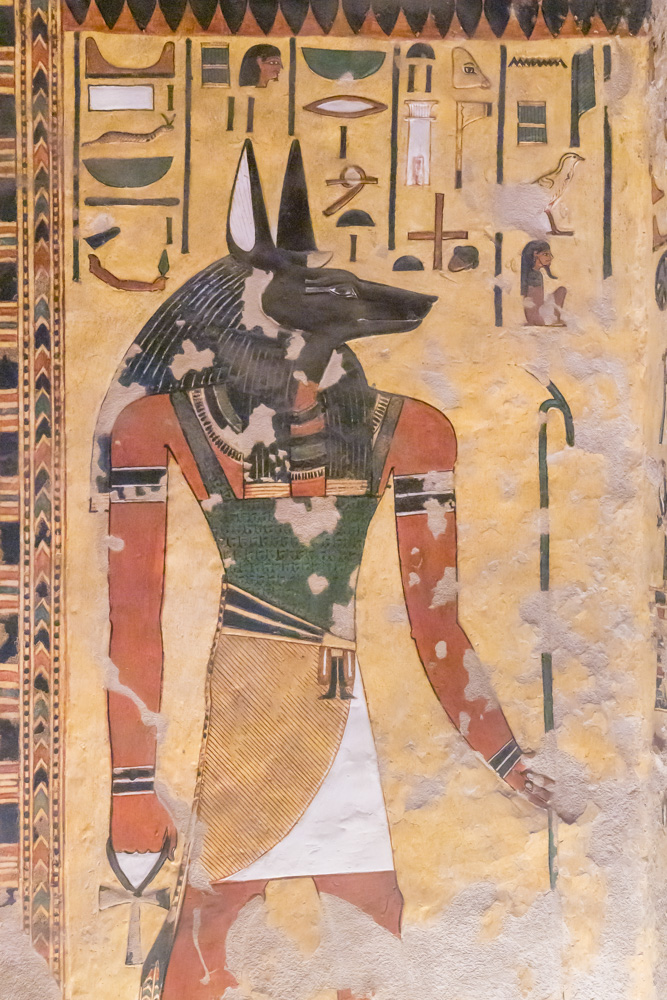
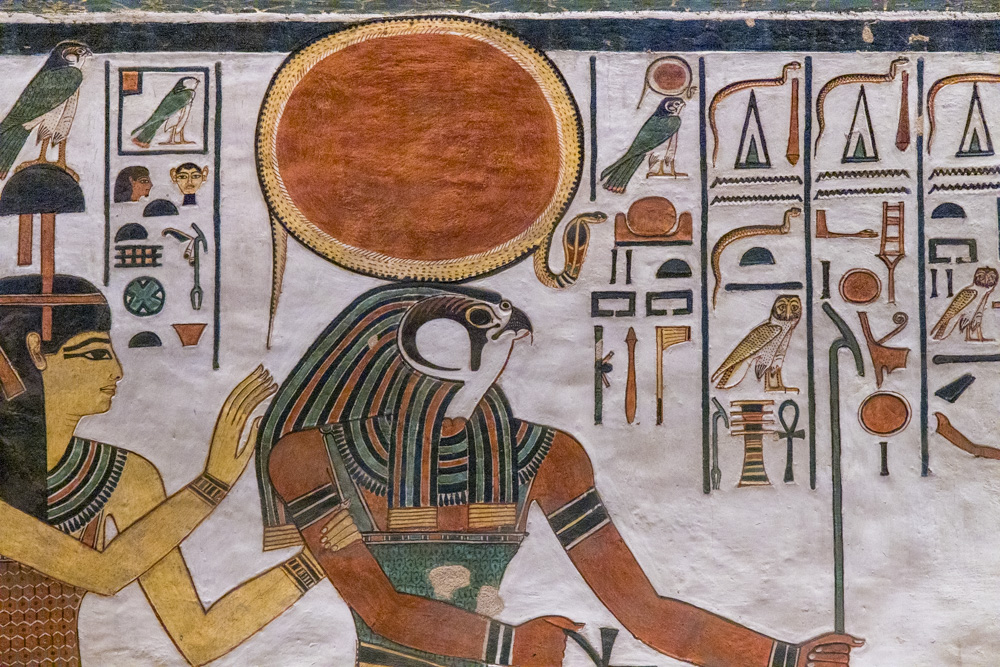
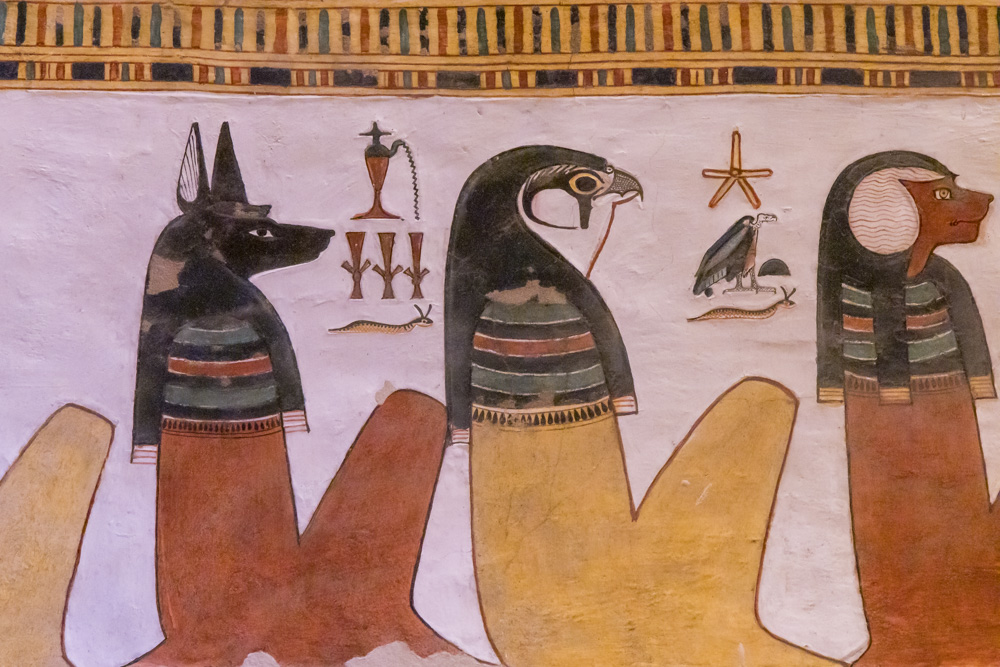
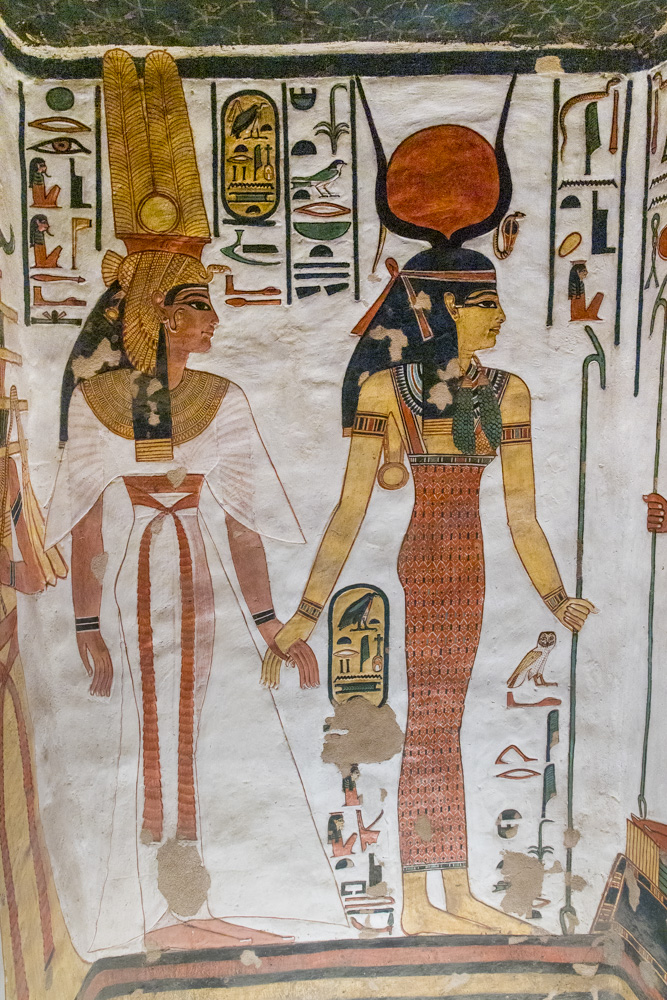
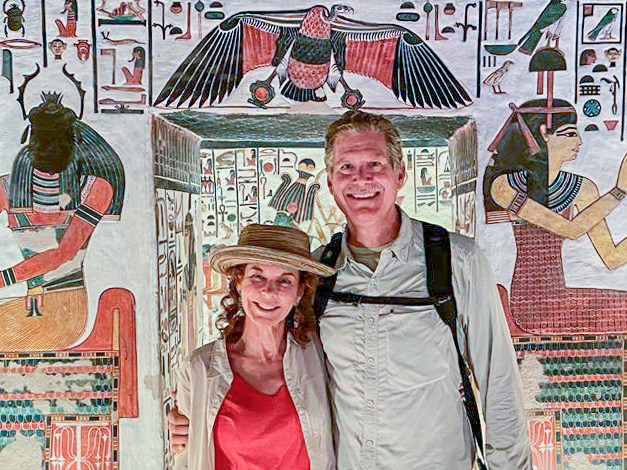
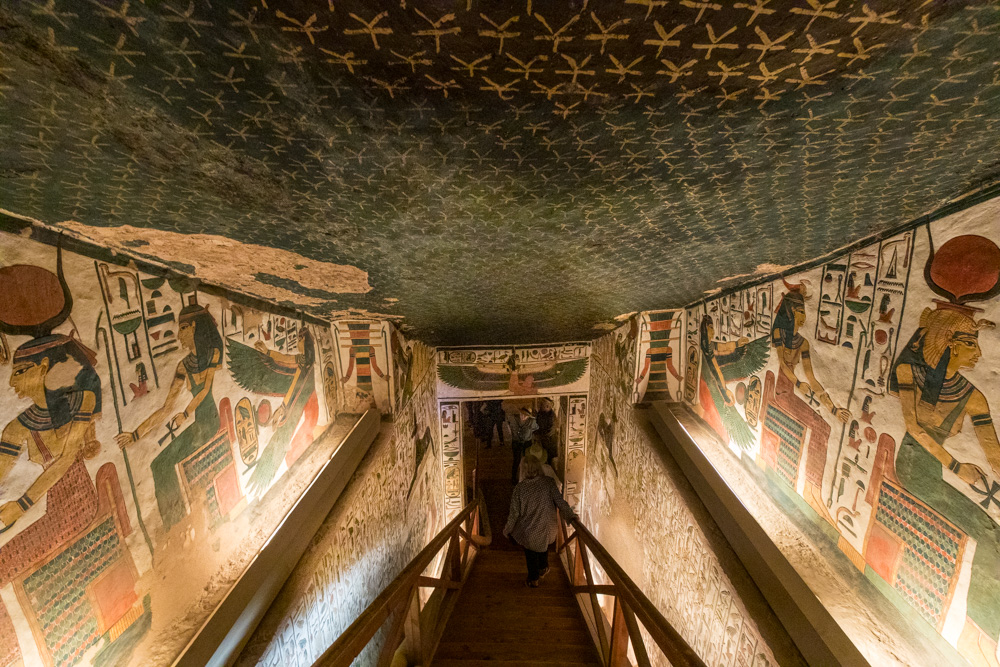
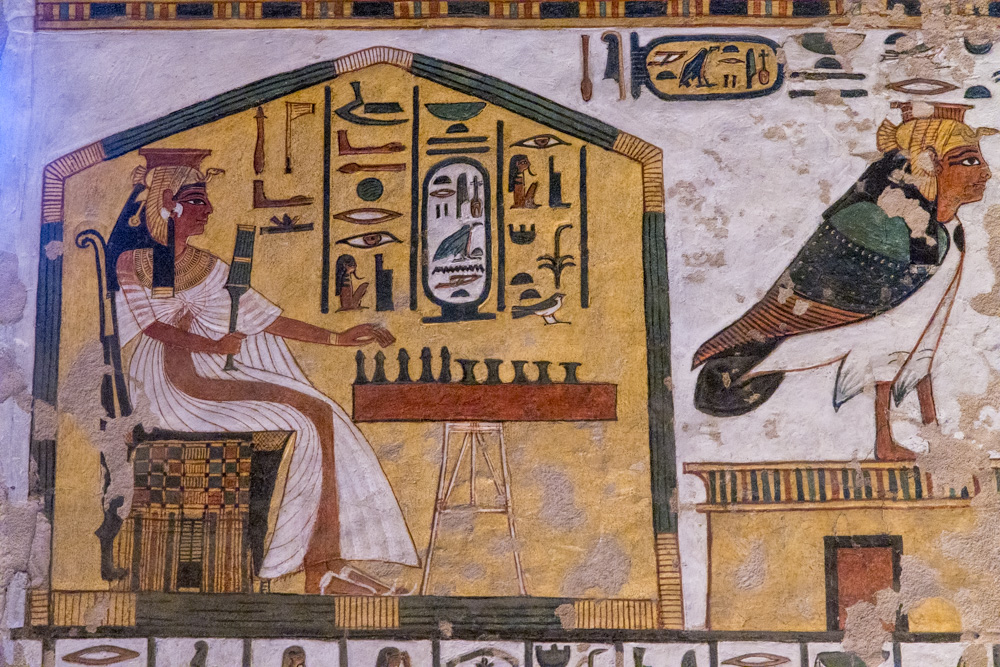
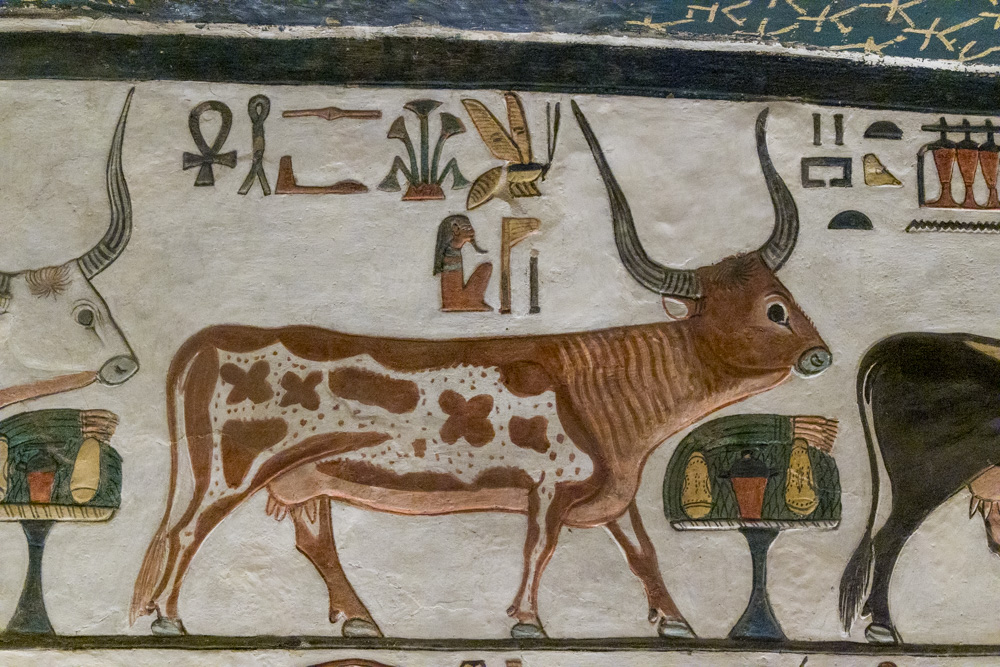
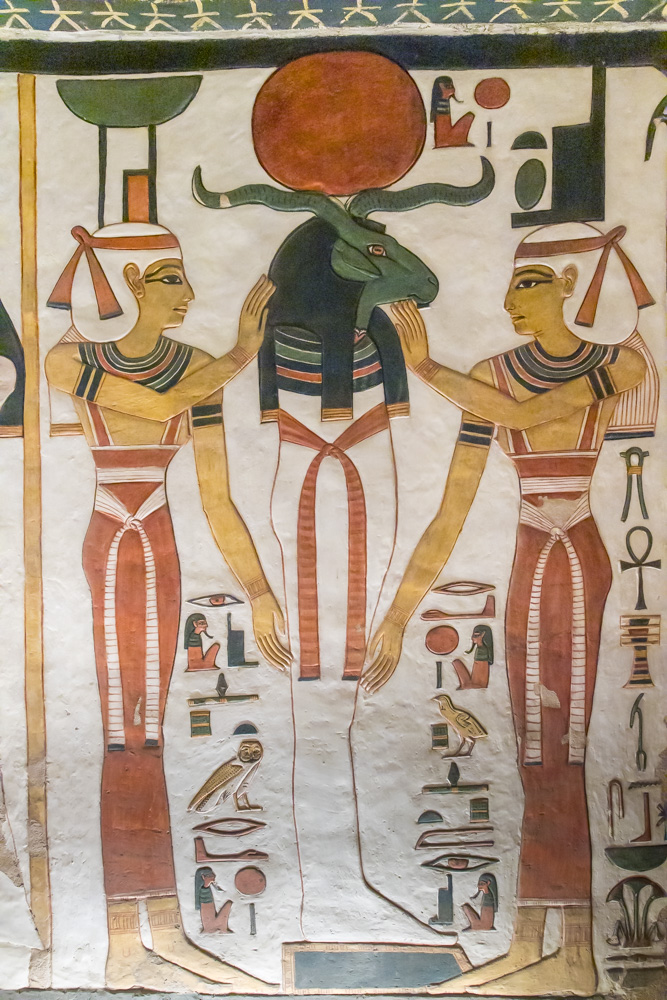
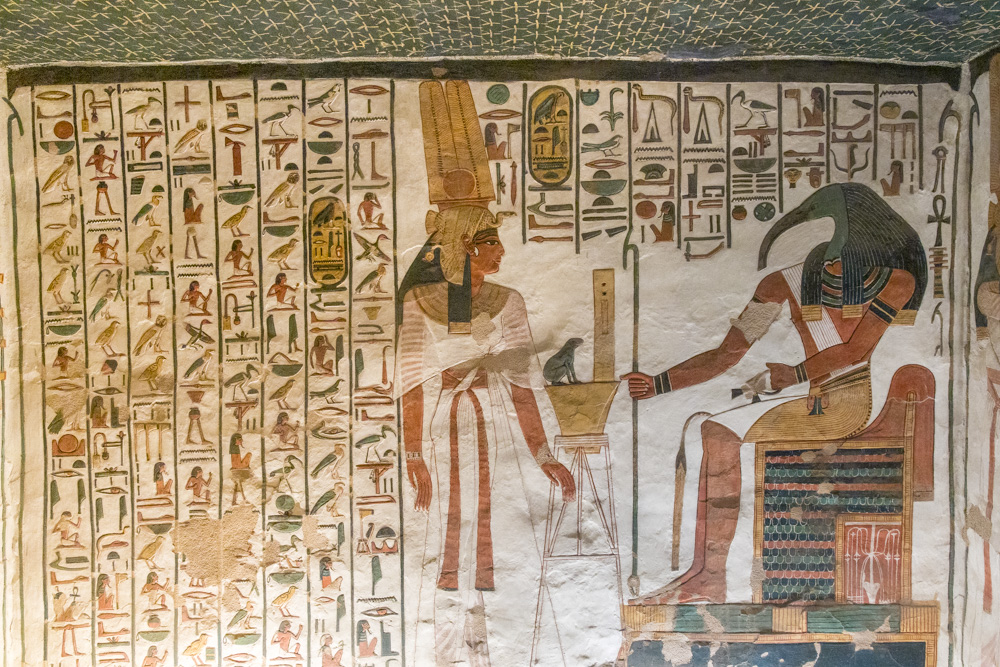
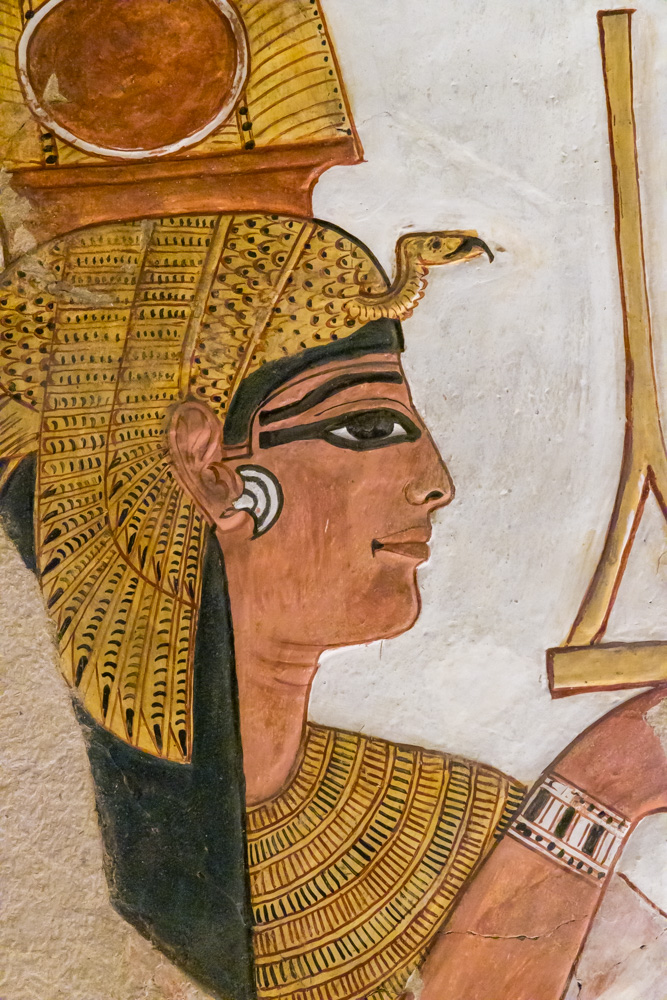
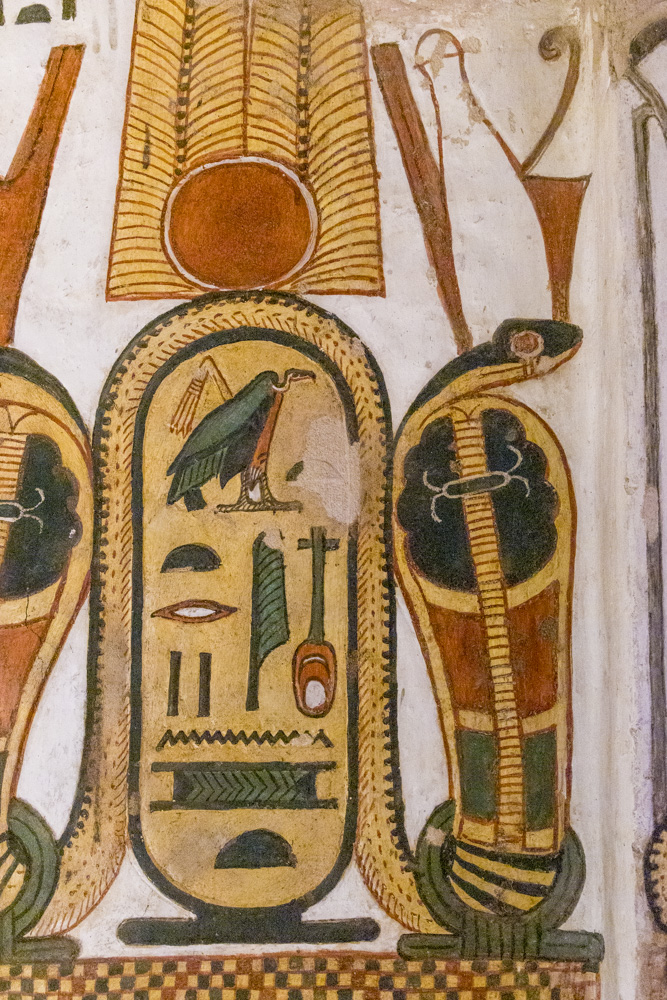
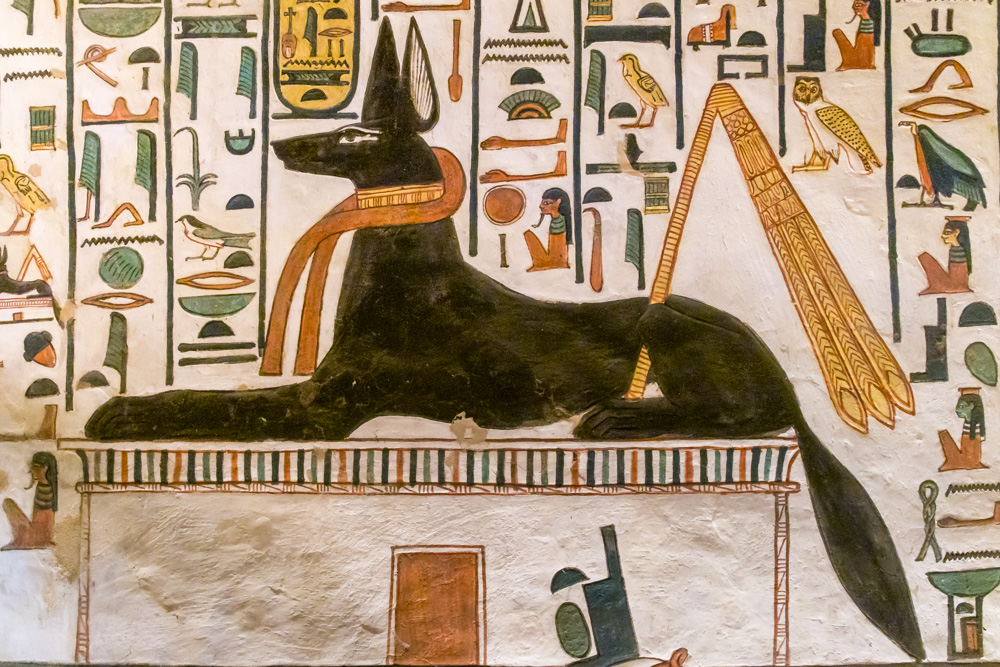
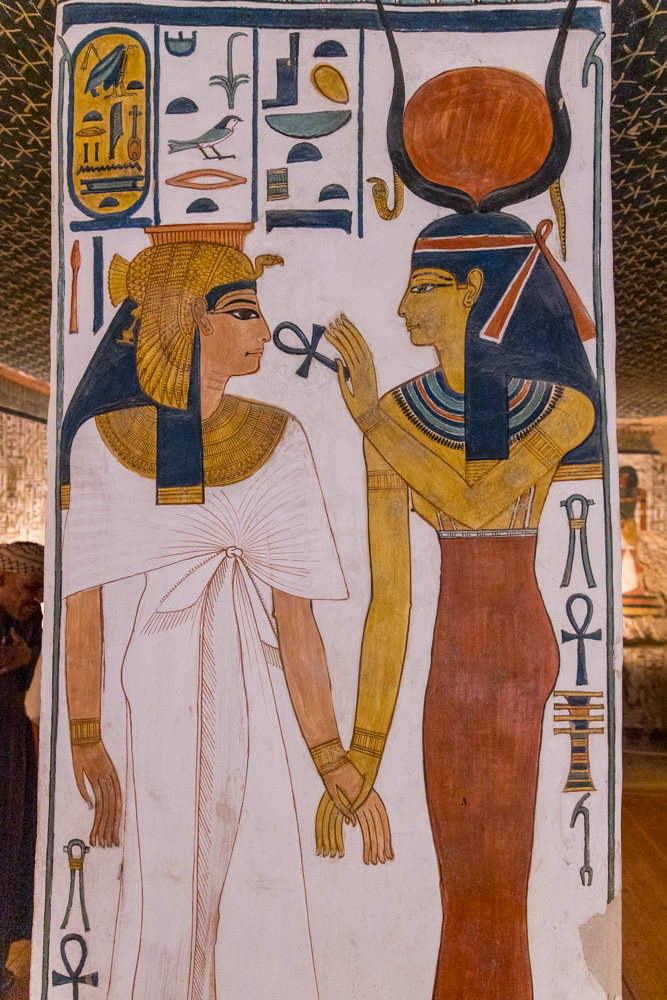
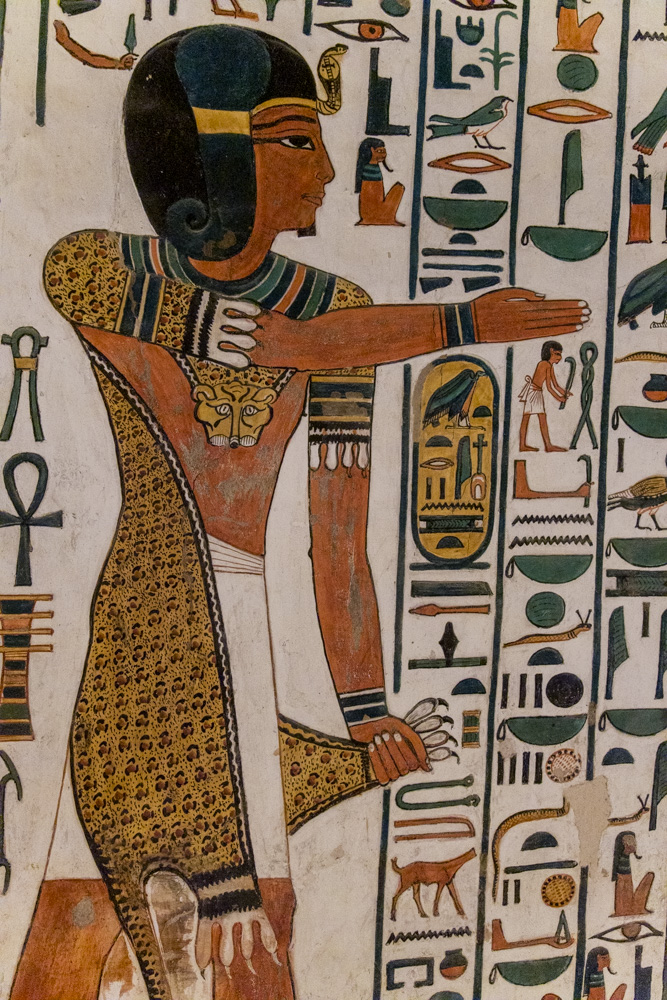
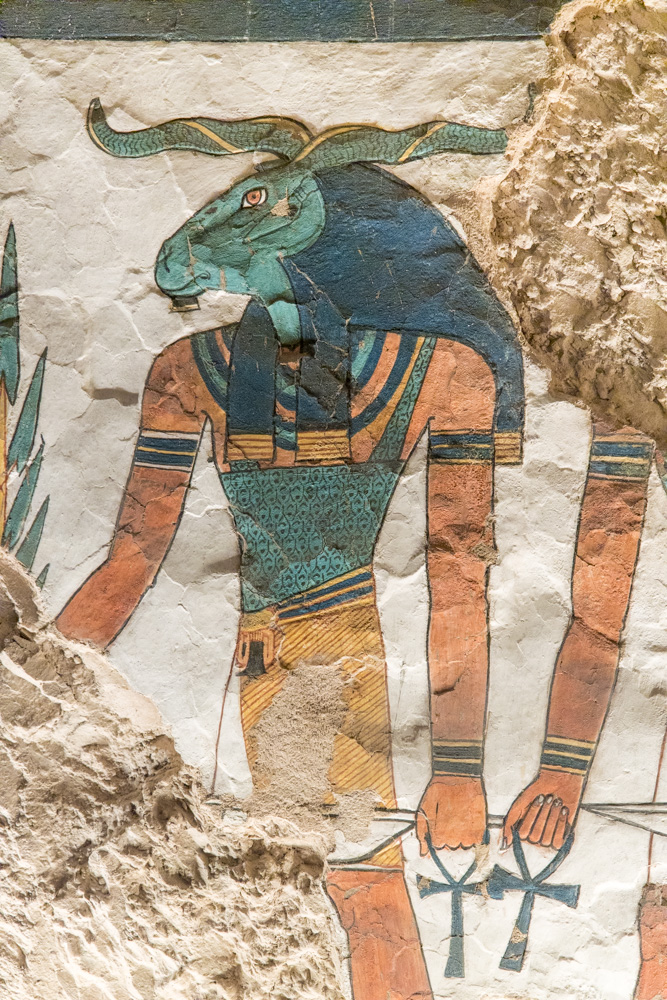
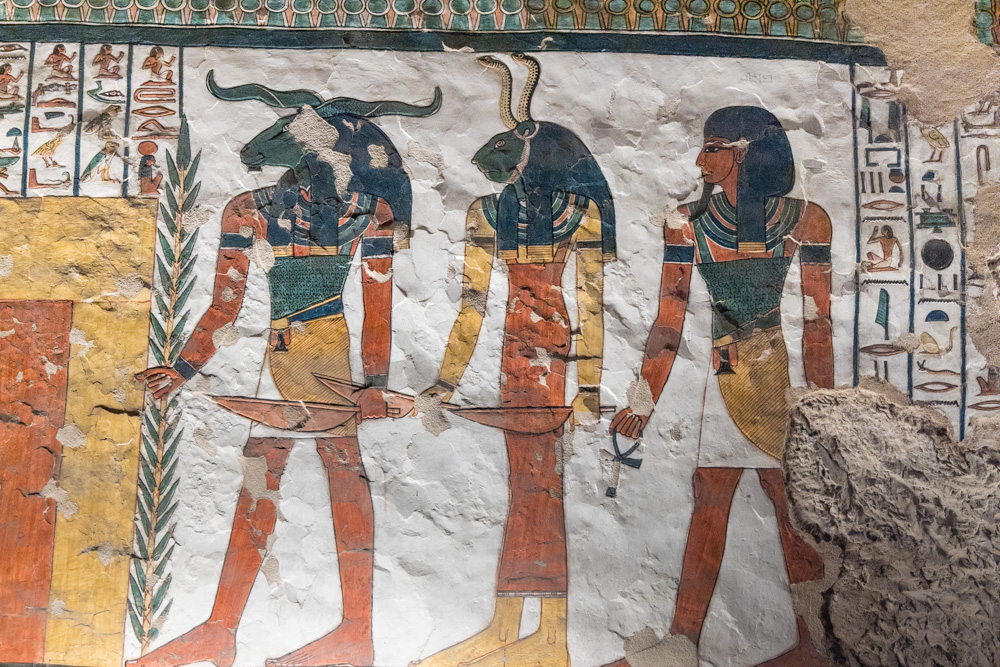
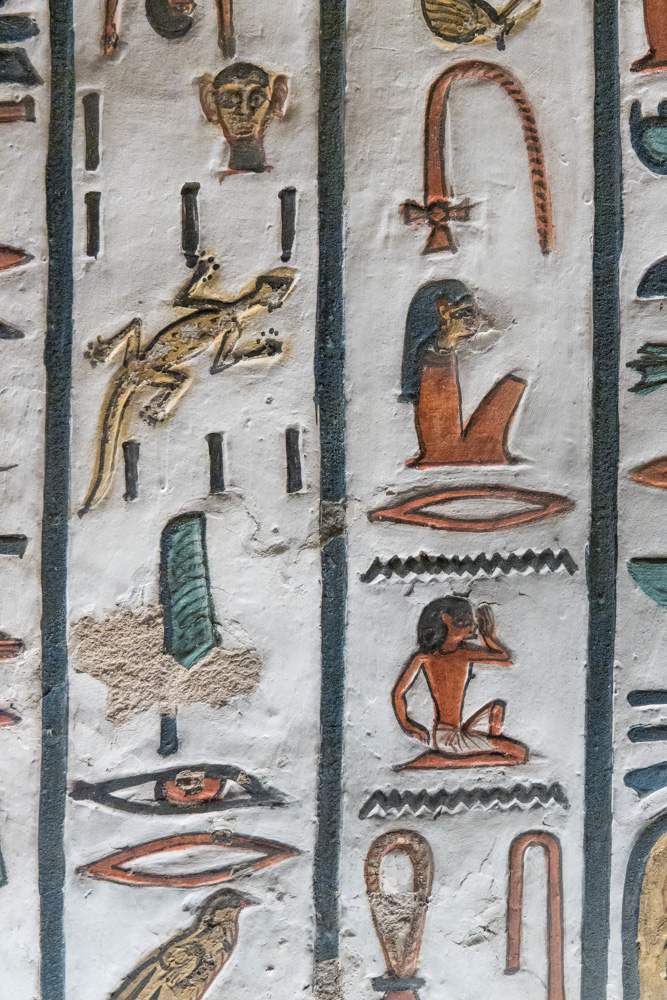
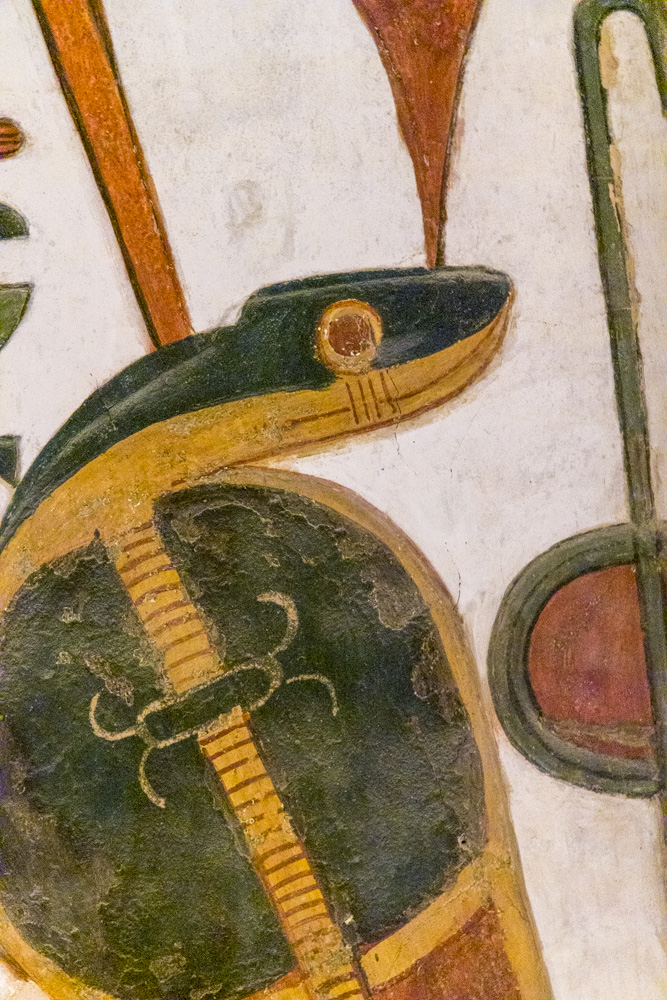
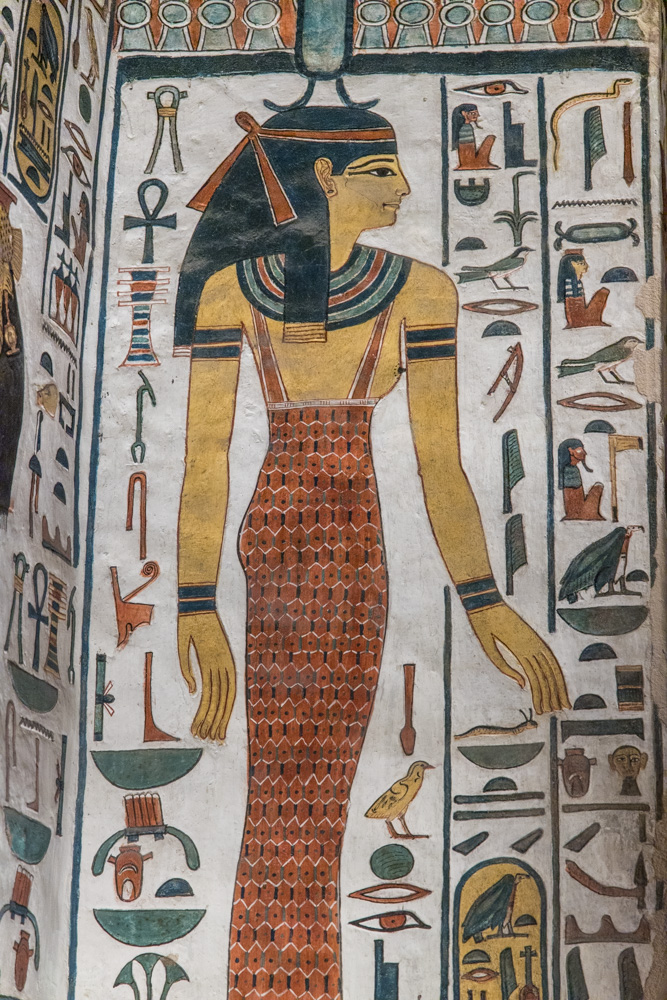
Unfortunately by the time Nefertari's tomb was rediscovered in 1904, tomb raiders had ransacked the tomb and stolen all the treasures buried with the Queen, including her sarcophagus and mummy. Parts of the mummy's knees were found in the burial chamber, and were taken to the Egyptian Museum in Turin by Schiaparelli, where they are still kept there today.
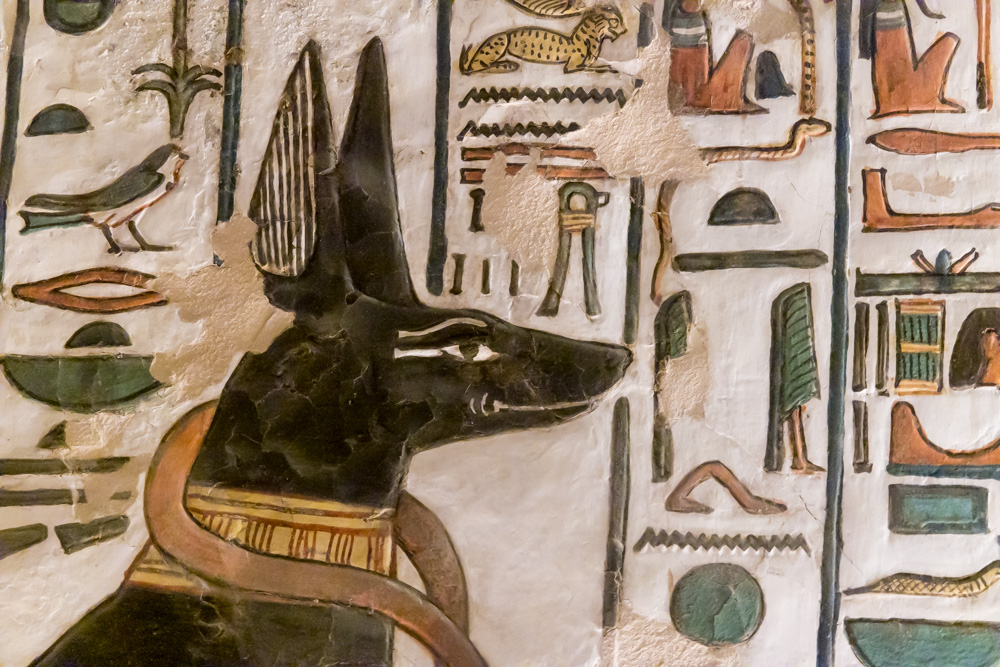
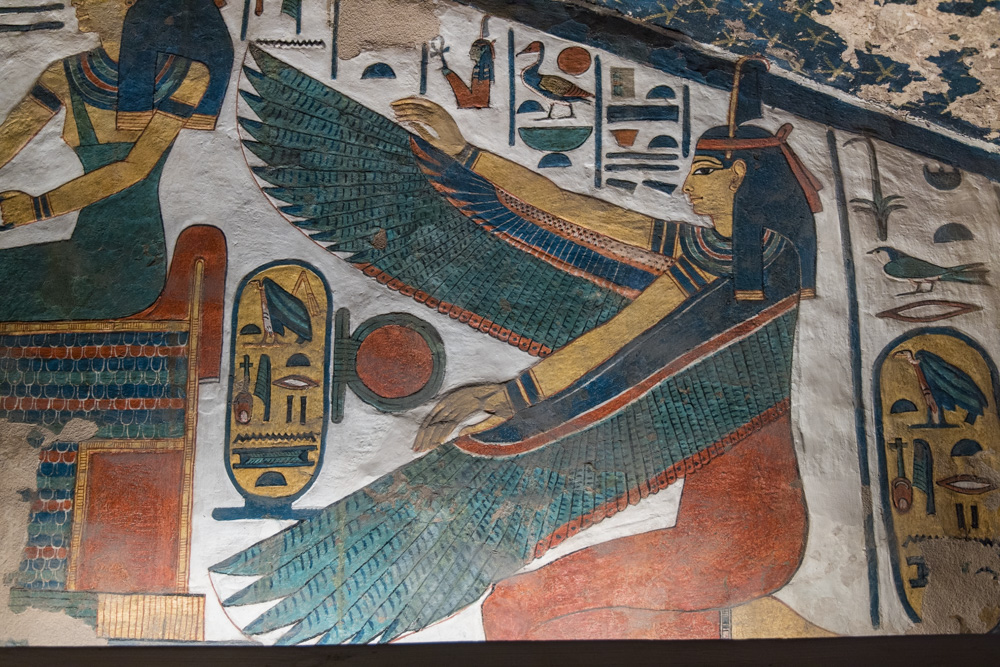
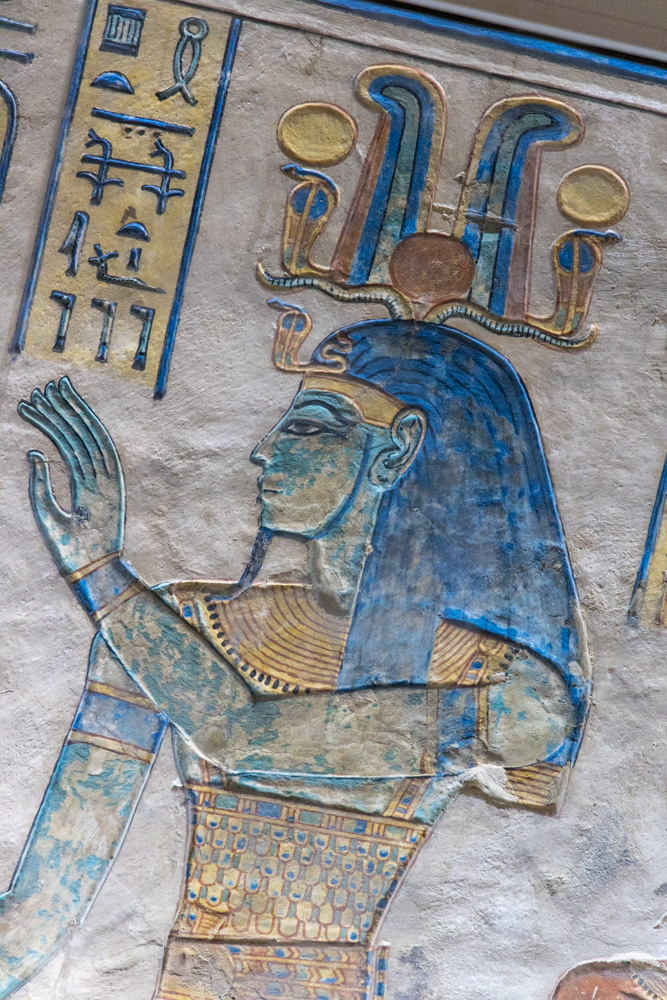
This is the god Ptah - patron of craftsman and architects.
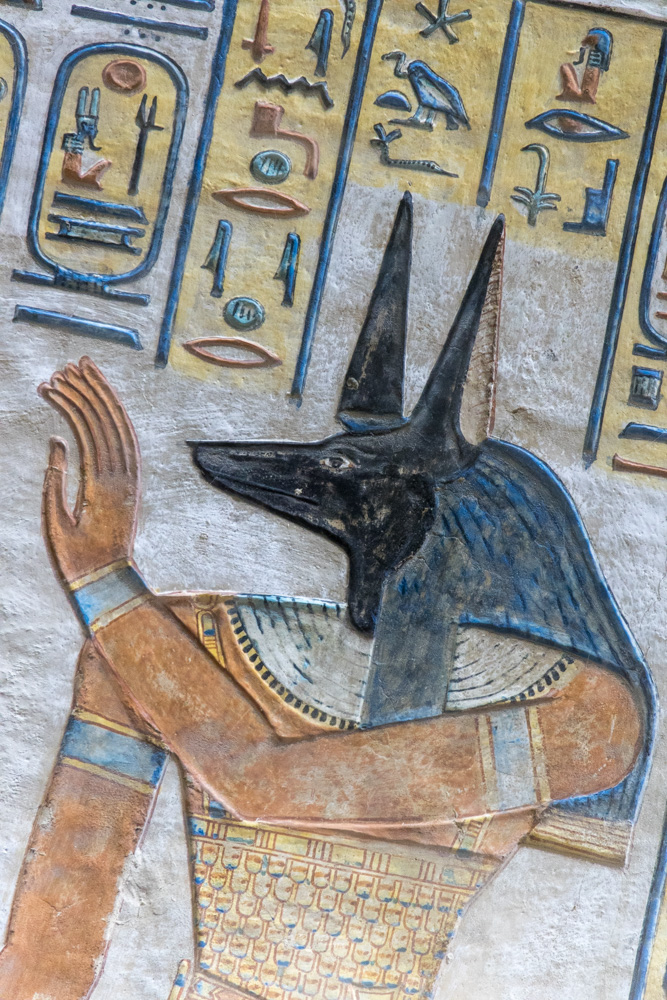
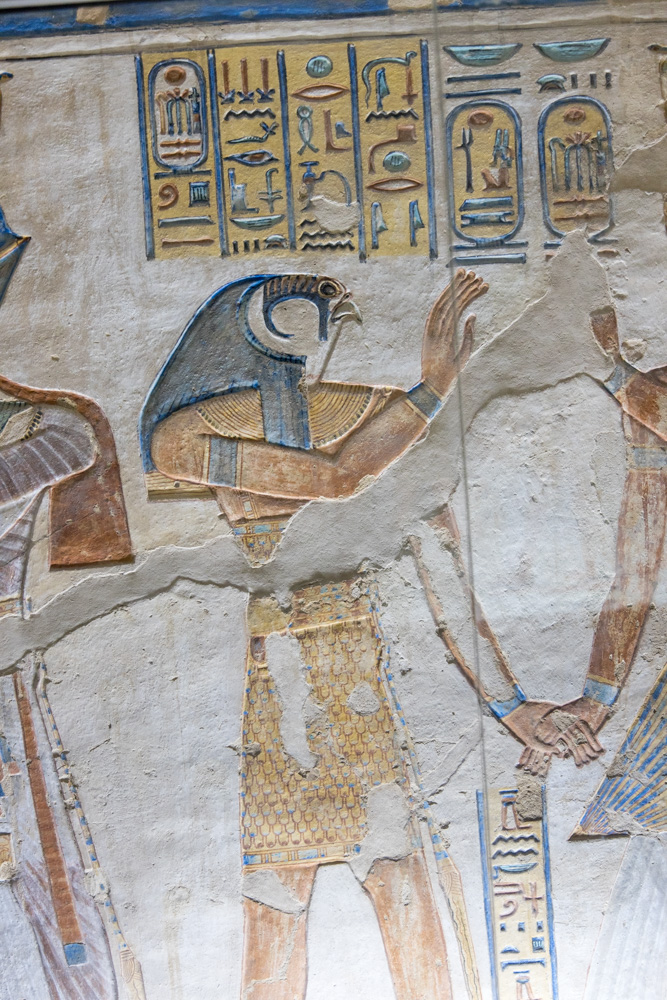
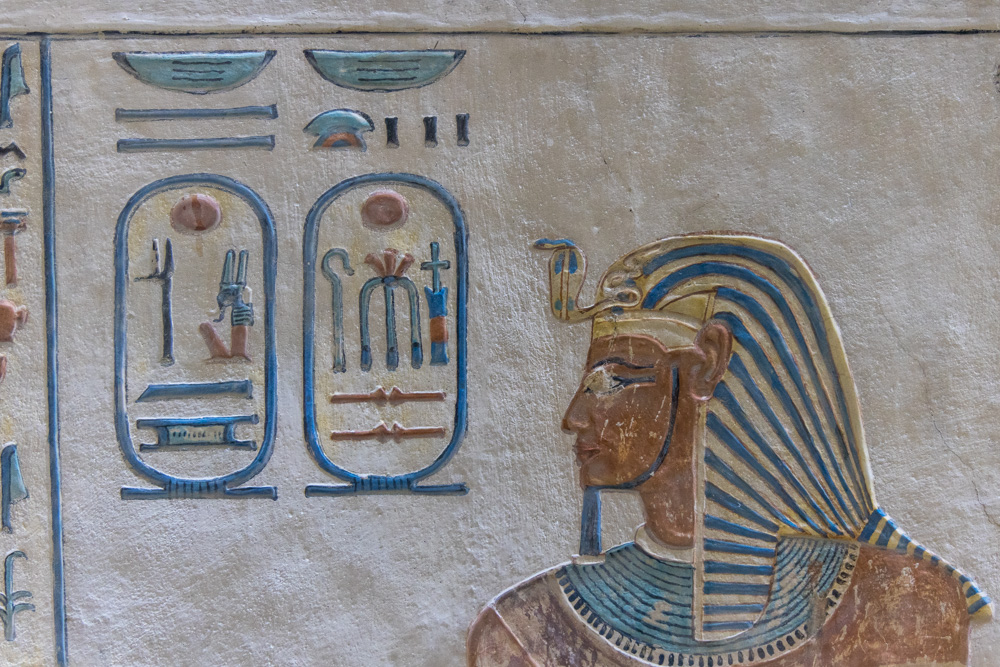
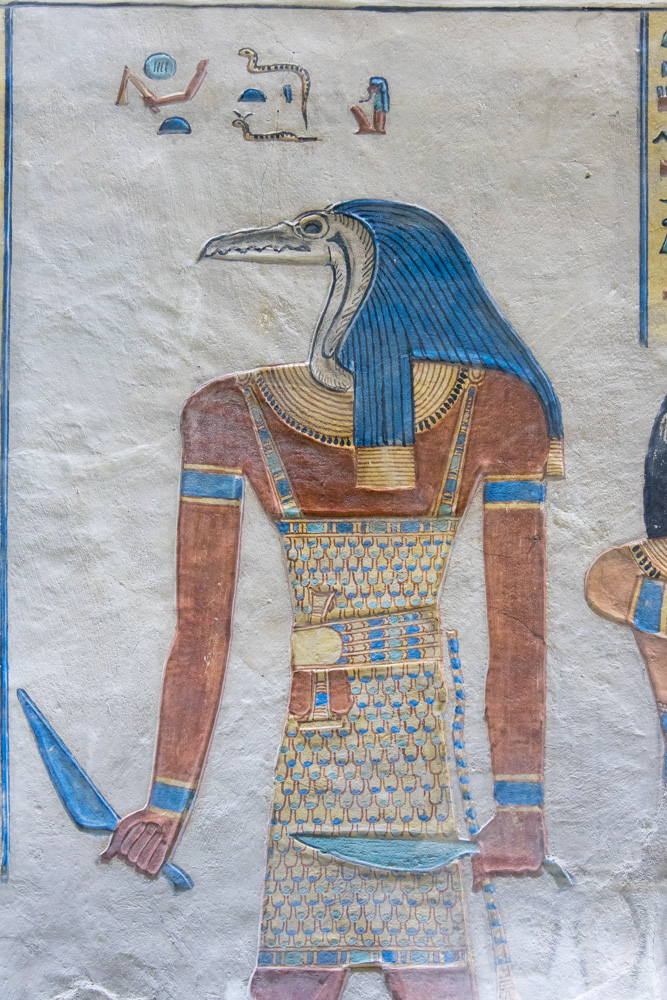
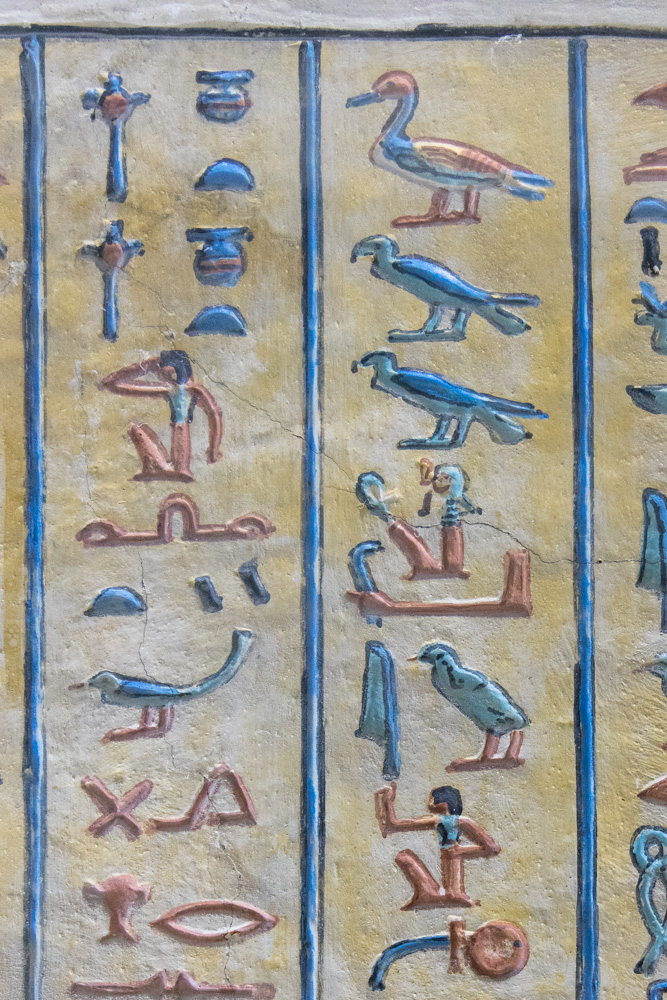
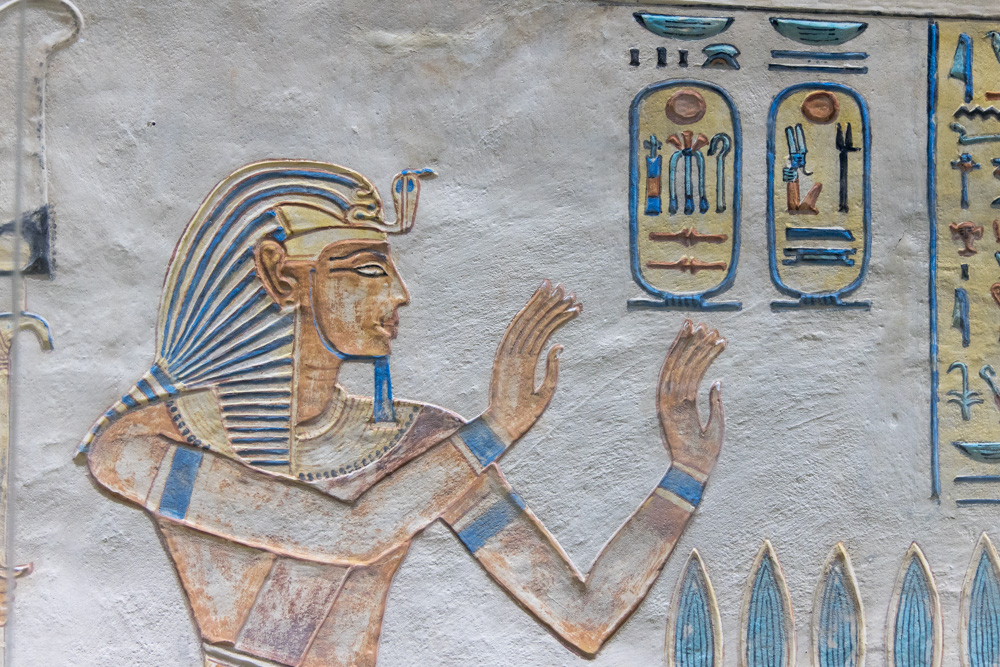
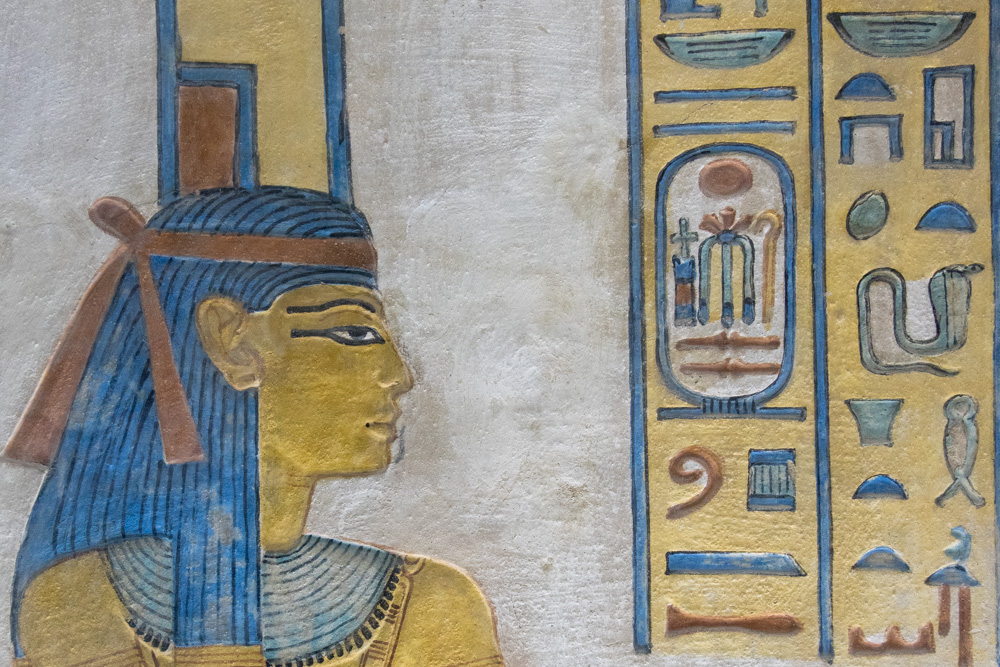


This is a traditional boat for Nile River cruises, the dahabiya. It is a sail boat with two large sails. Like cruise ships there are various classes of boat - one thing we noticed is that none were using their sails - they all had a small tugboat pulling them up/down the river.
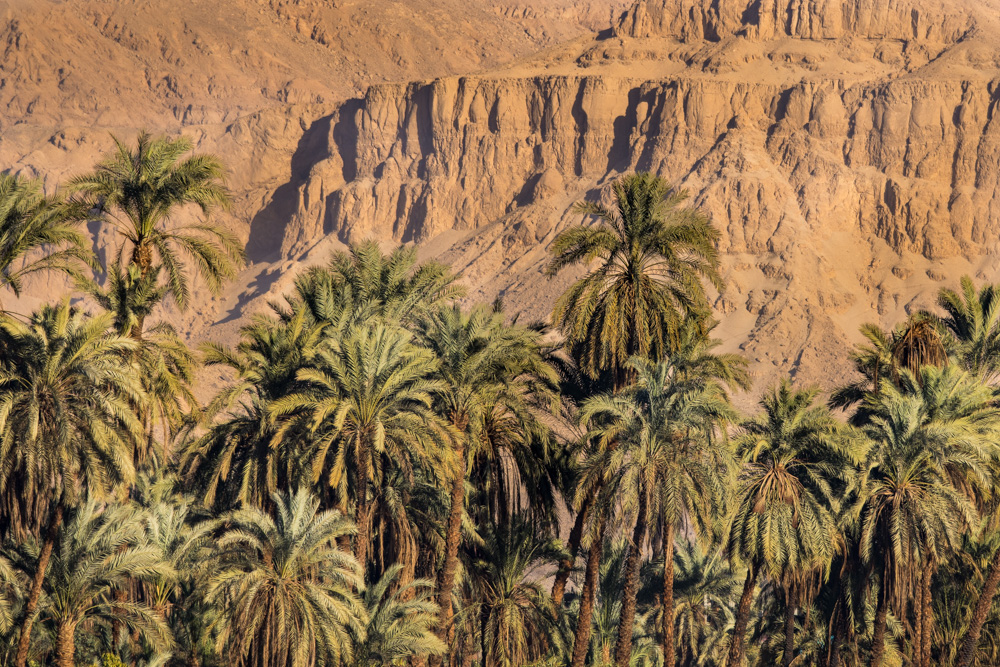

The end of an extremely long day and 1,000s of pictures. Amazing art in the tombs!!!